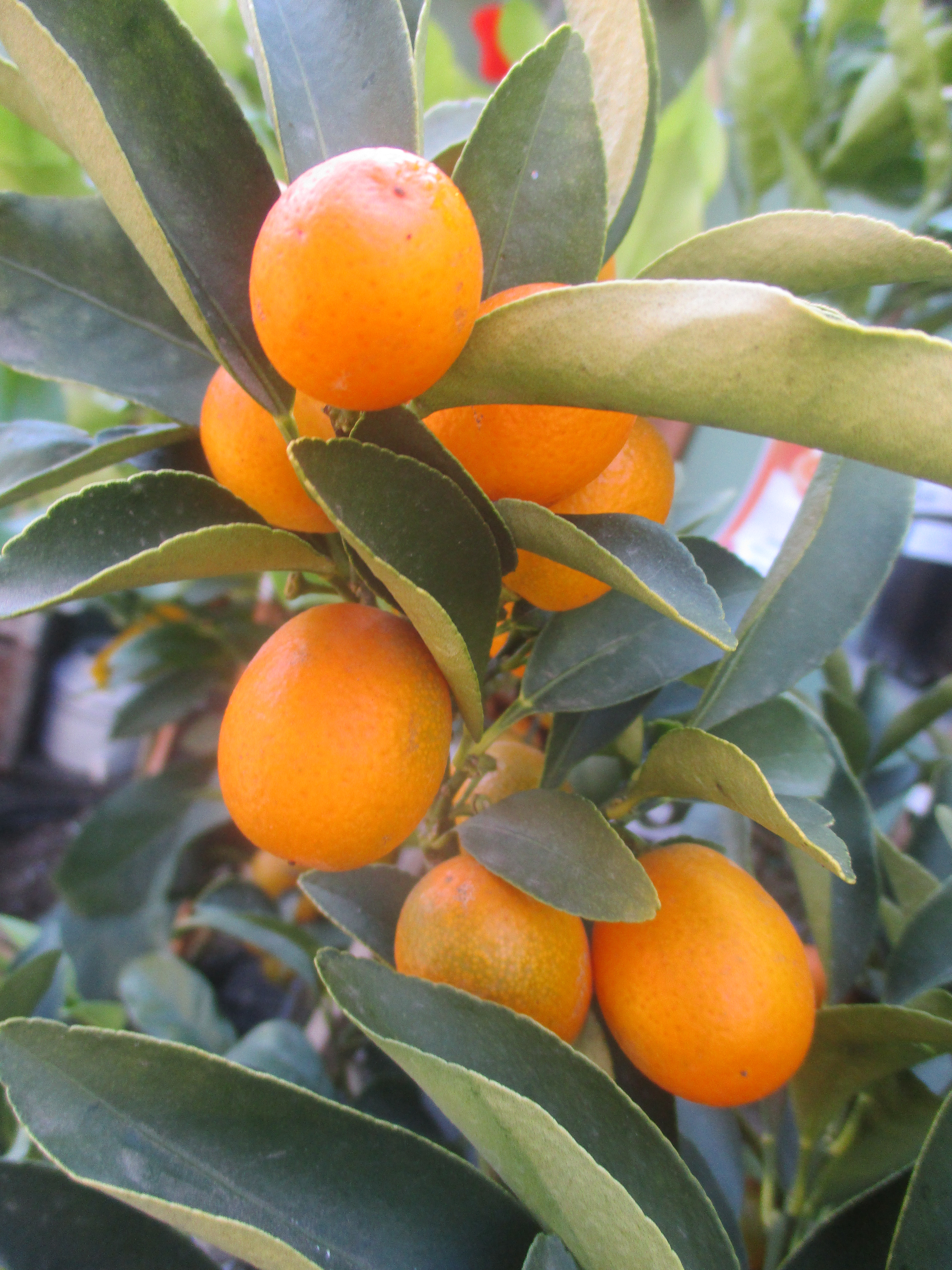
It was not easy for me to start this blog. I do not mean that getting it set up and operating was difficult. That part was a breeze. I mean it was not easy for me to go along with the crowd and do something that is so hip, trendy and popular. I never liked trends, and I certainly do not like trends that use the internet and computers. Well, at least I get to write about gardening and horticulture. It is a topic that I happen to be good at writing about. I do not need to post pictures of puppies, kittens, babies, what I cooked for supper last night or where I went on vacation.
This is Rhody, in the picture above. He is a puppy. He is terrified of kittens, barks at babies, will eat anything that I cook for supper, and will go anywhere we might go on vacation. He can not write my blog for me because he can not type. Besides, he does not speak American English, or any other human language. He does not help in the garden much. As I said, he is a puppy.
So, there I did it. I started a blog, and posted a picture of a puppy.
Well, getting back to Rhody. He is a terrier, which literally means that he is terrestrial, or associated with the soil. In other words, he digs. His kind were bred to exterminate rodents, particularly in the soil. Rhody is just now starting to figure this out, but still needs to work on his technique. He has not started to dig for gophers, and actually seems to be more interested in getting more closely acquainted with them when they emerge from their holes and stare at him for more than a few seconds. Rhody just stares back. Perhaps his is in telepathic communication with the gophers, and is negotiating their relocation to a better home on a nearby vacant hillside.
I do not mind. It is bad enough that gophers dig in the garden. I do not need Rhody digging in the garden too.
It is the terrestrial part that Rhody does not seem to understand. He already knows that he dislikes all other rodents above the surface of the soil, such as squirrels, rabbits, deer and horses. The squirrels are not much of a problem, but the rabbits eat big patches of iceplant and other succulents, and have eaten the foliage and buds of several small potted plants. Rhody chases them off every morning.
We still need to work on Rhody’s concept of what a true ‘rodent’ is. The deer had been eating leafy plants in the garden, but have been notably absent since Rhody chased them away only a few times. I do not like him to chase the deer because I am afraid that he might actually catch one. Fortunately, he does not see them until they are already fleeing. Rhody also needs to learn to not bark at horses.
Rhody is not allowed far from the house because coyotes, bobcats and mountain lions live in the surrounding forest, and sometimes come close to home. None of them are known for pursuing dogs, but could get nasty if chased by one. I would be pleased if Rhody worked only in the garden, which happens to be close to the house.
So, in summary, posting a picture of puppy who does what he can to protect the garden from vermin is not completely irrelevant to gardening.
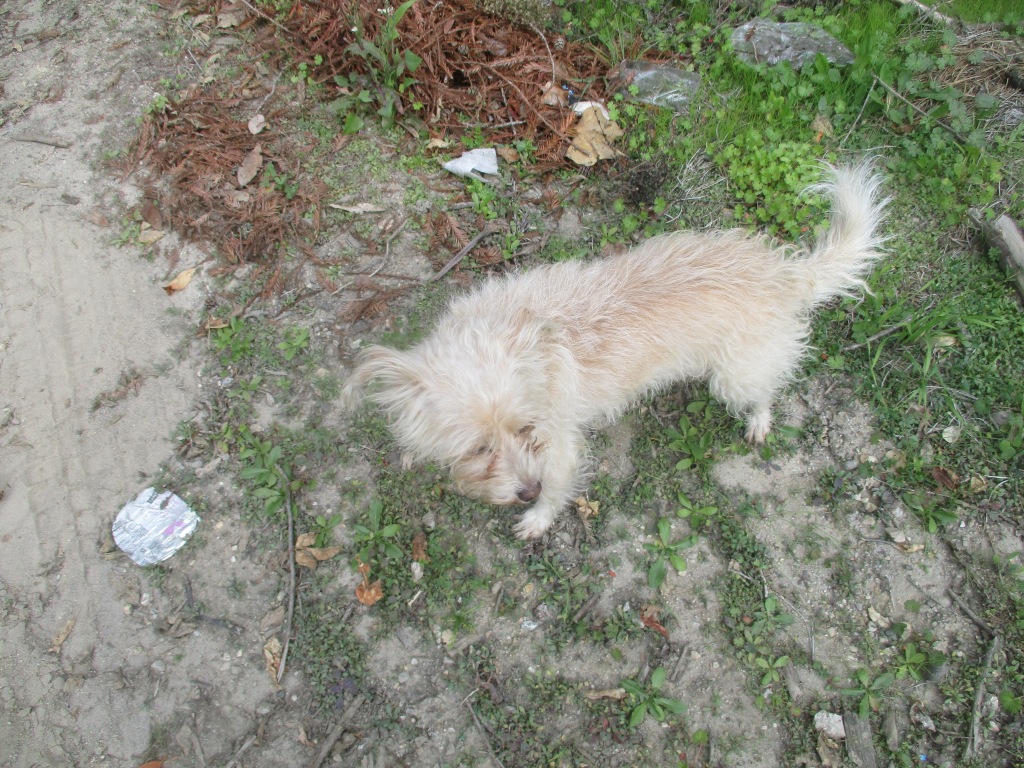
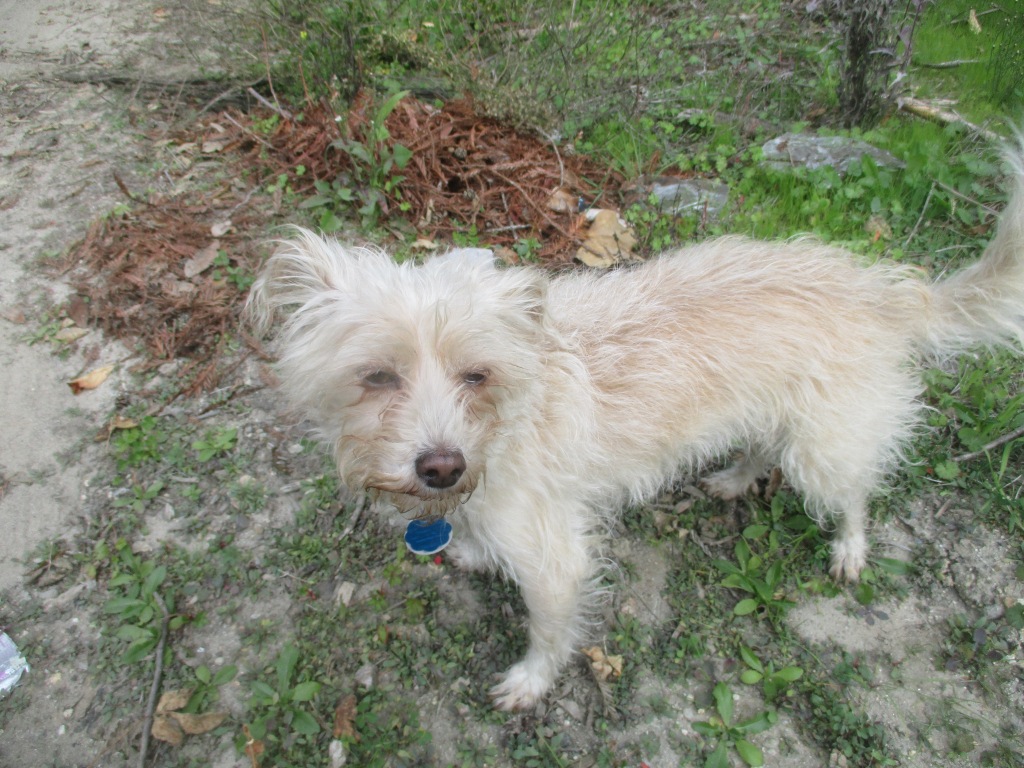
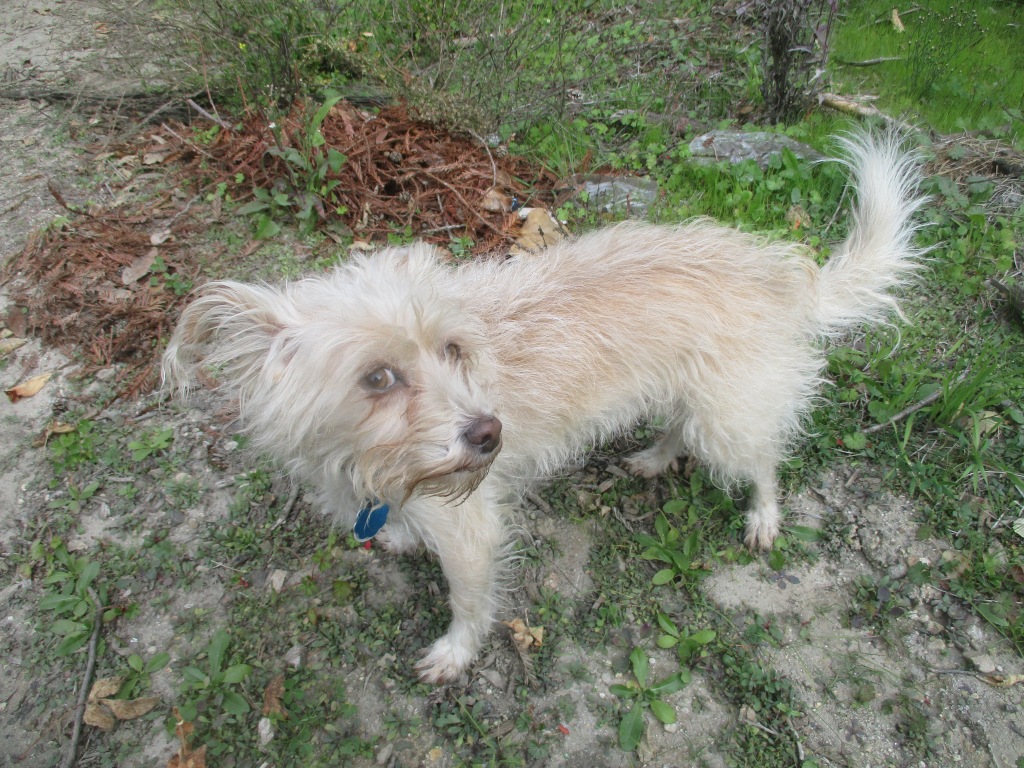
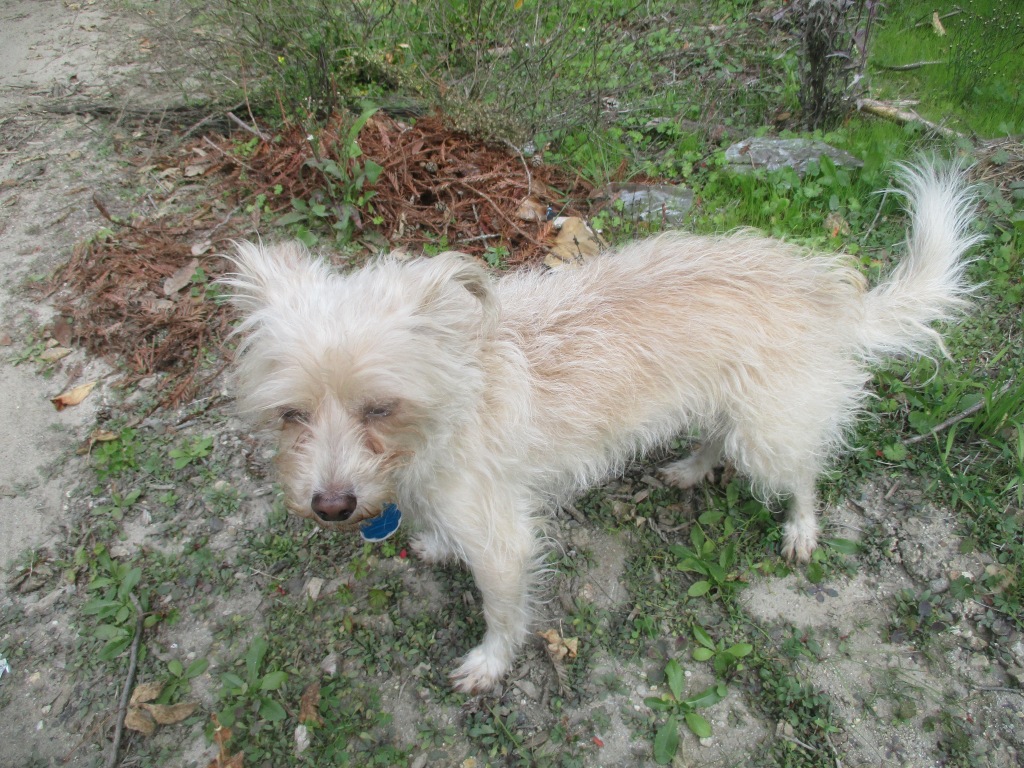
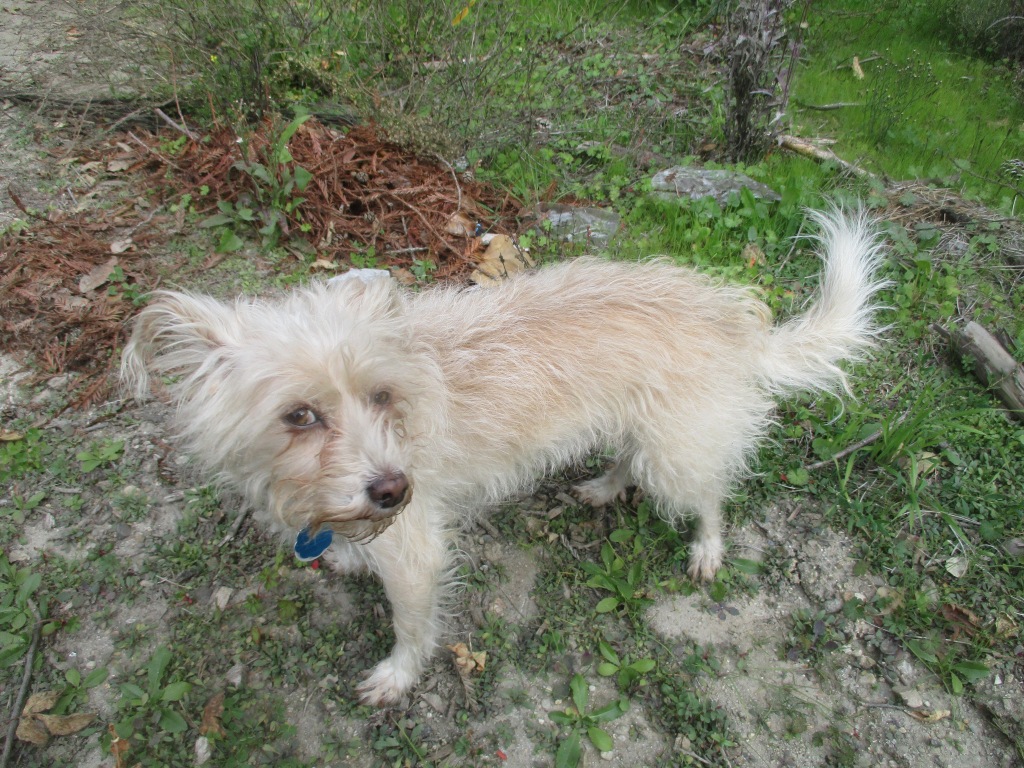
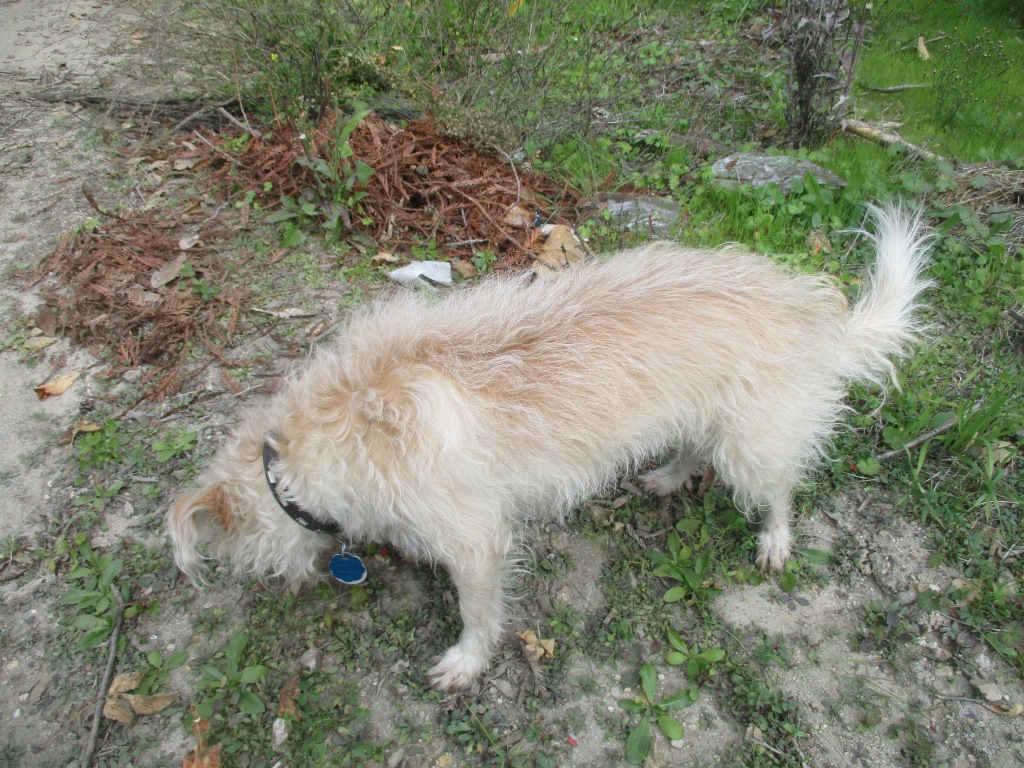
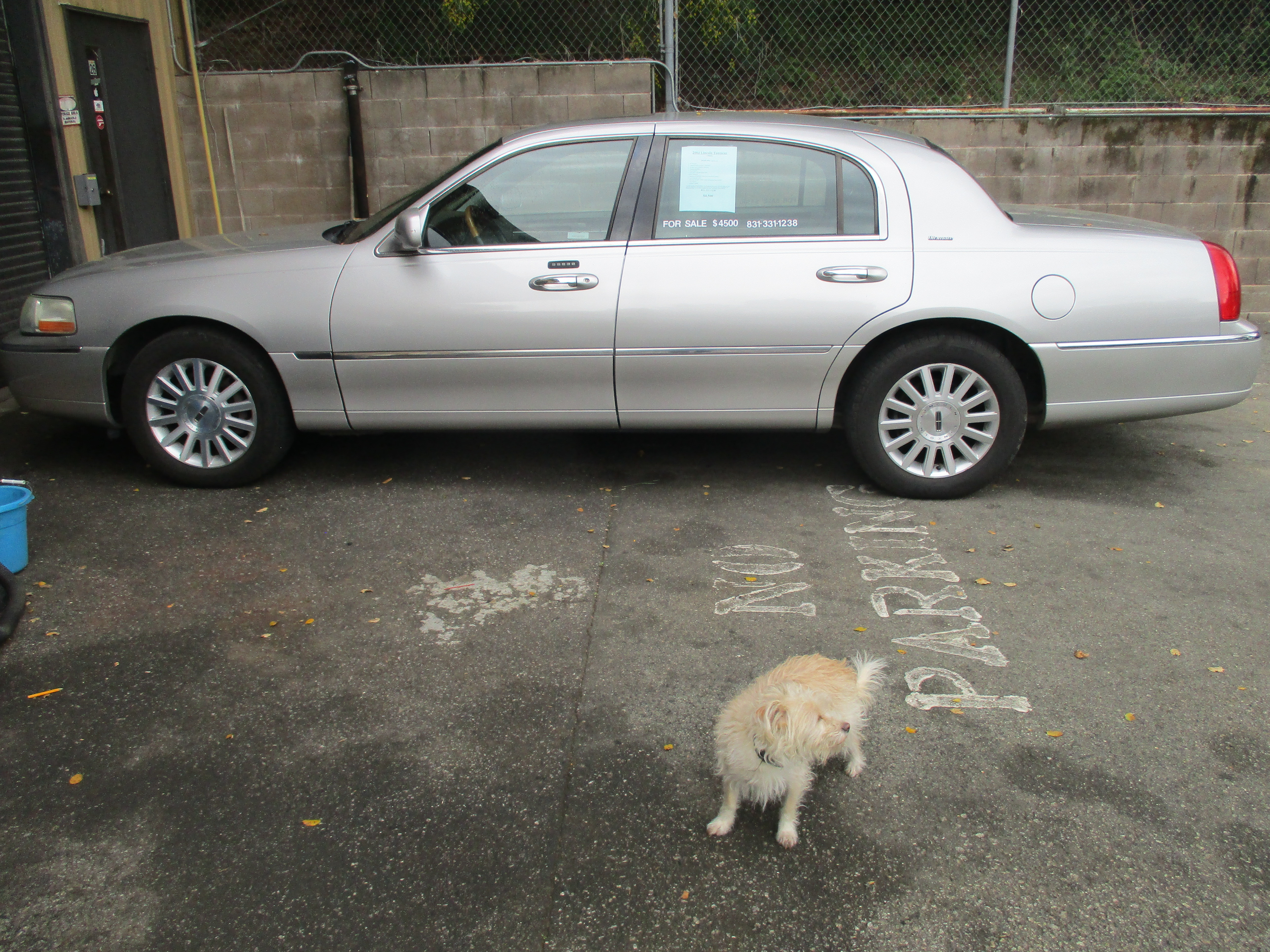
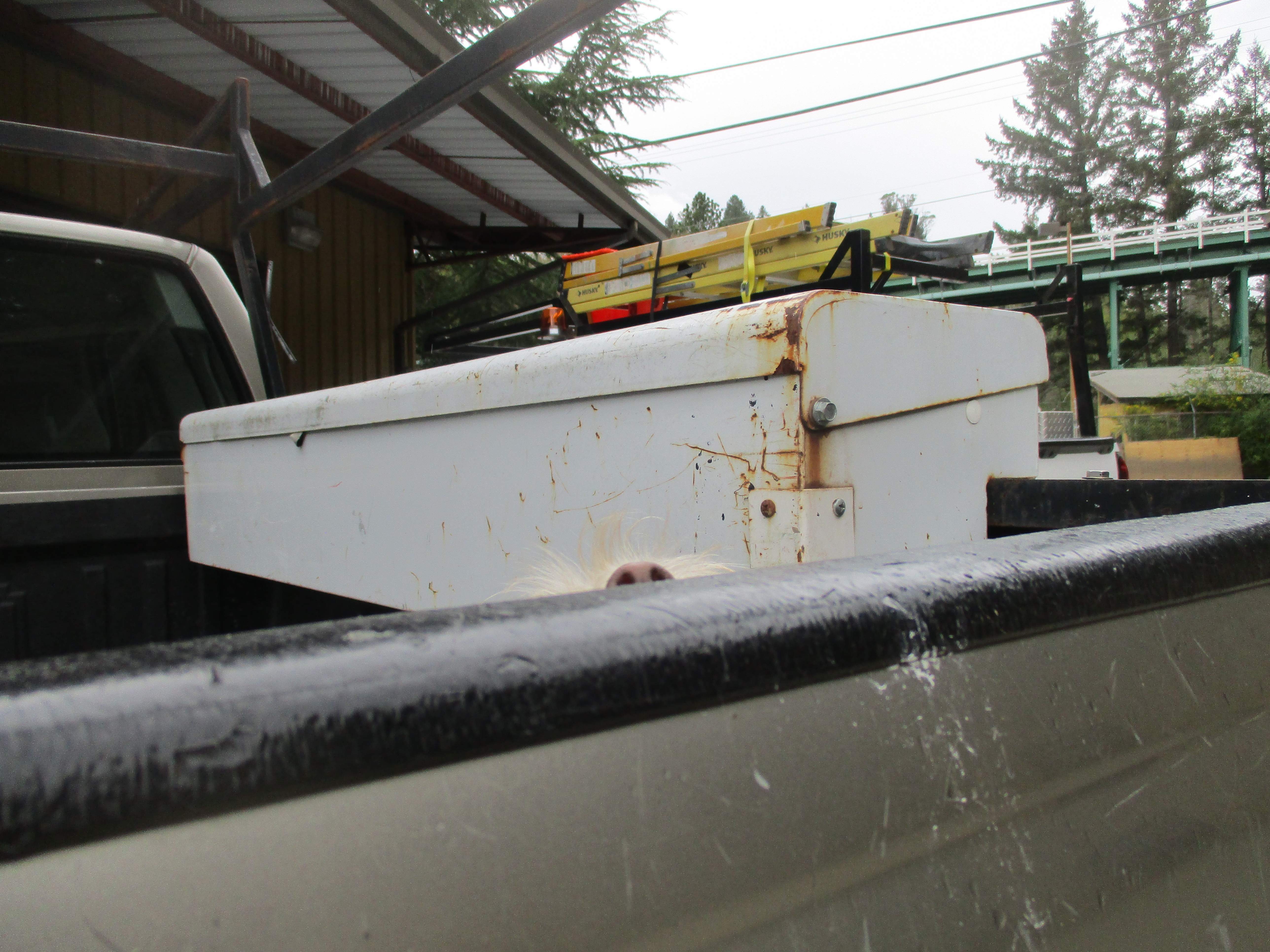
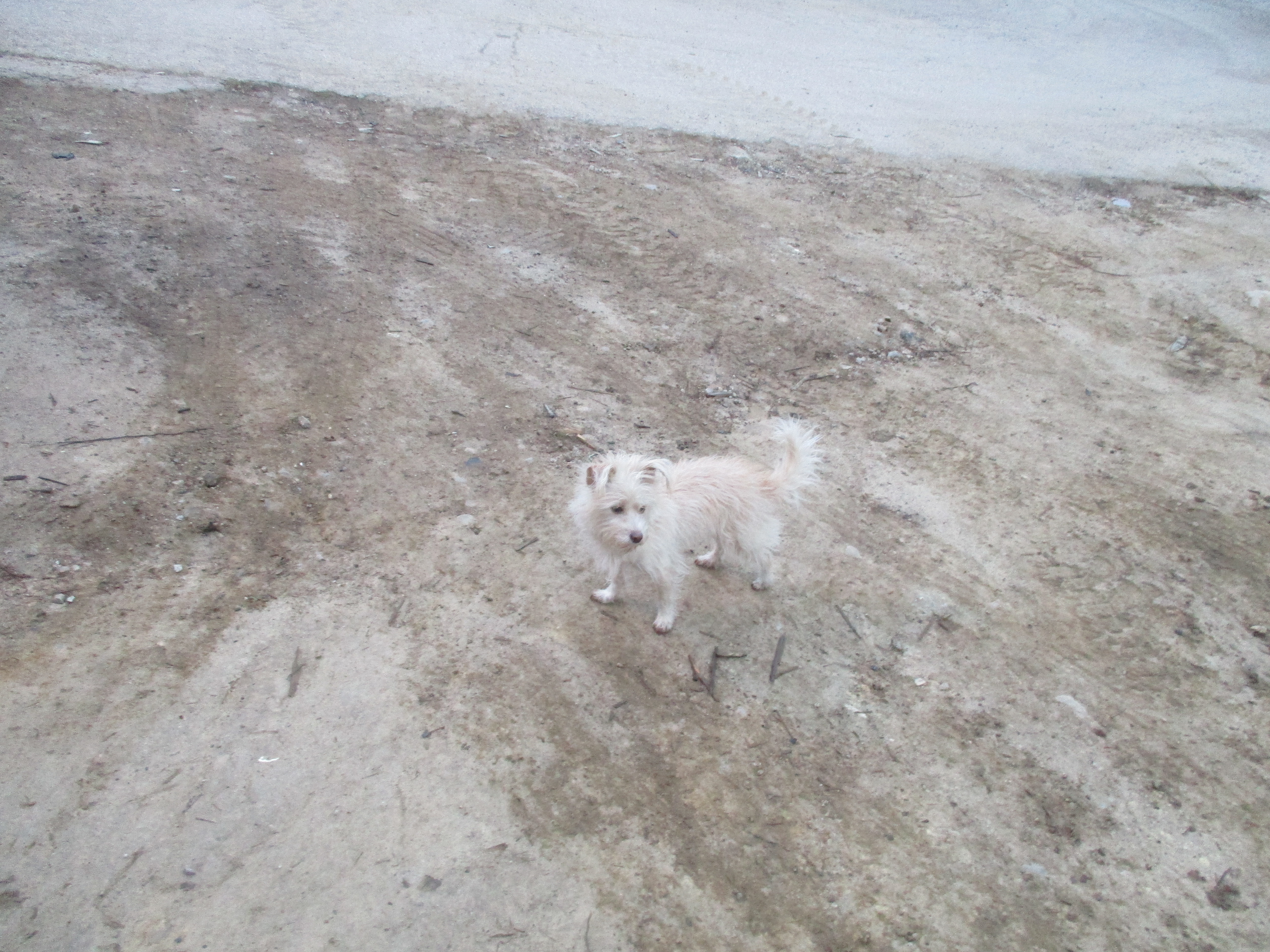
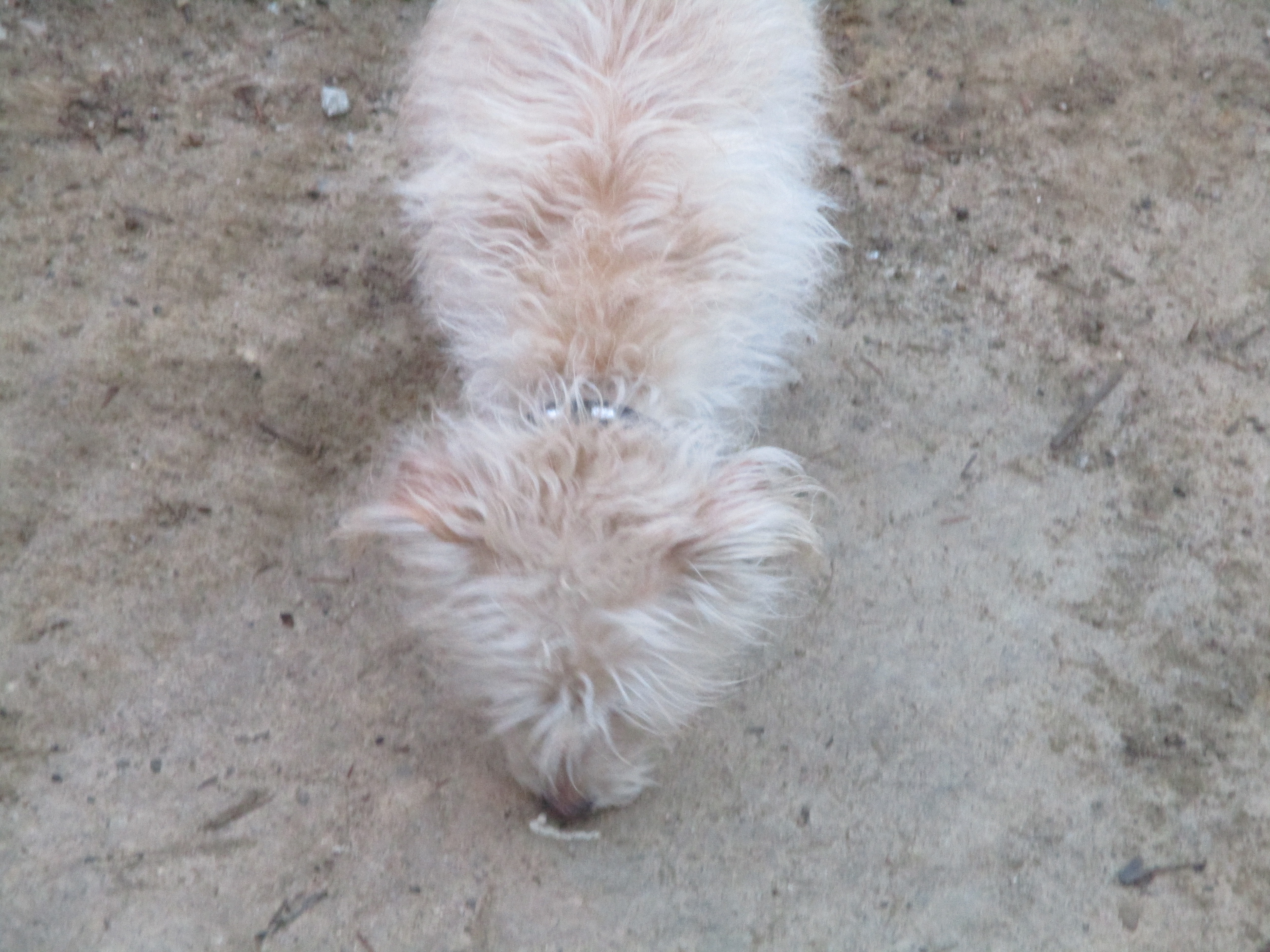
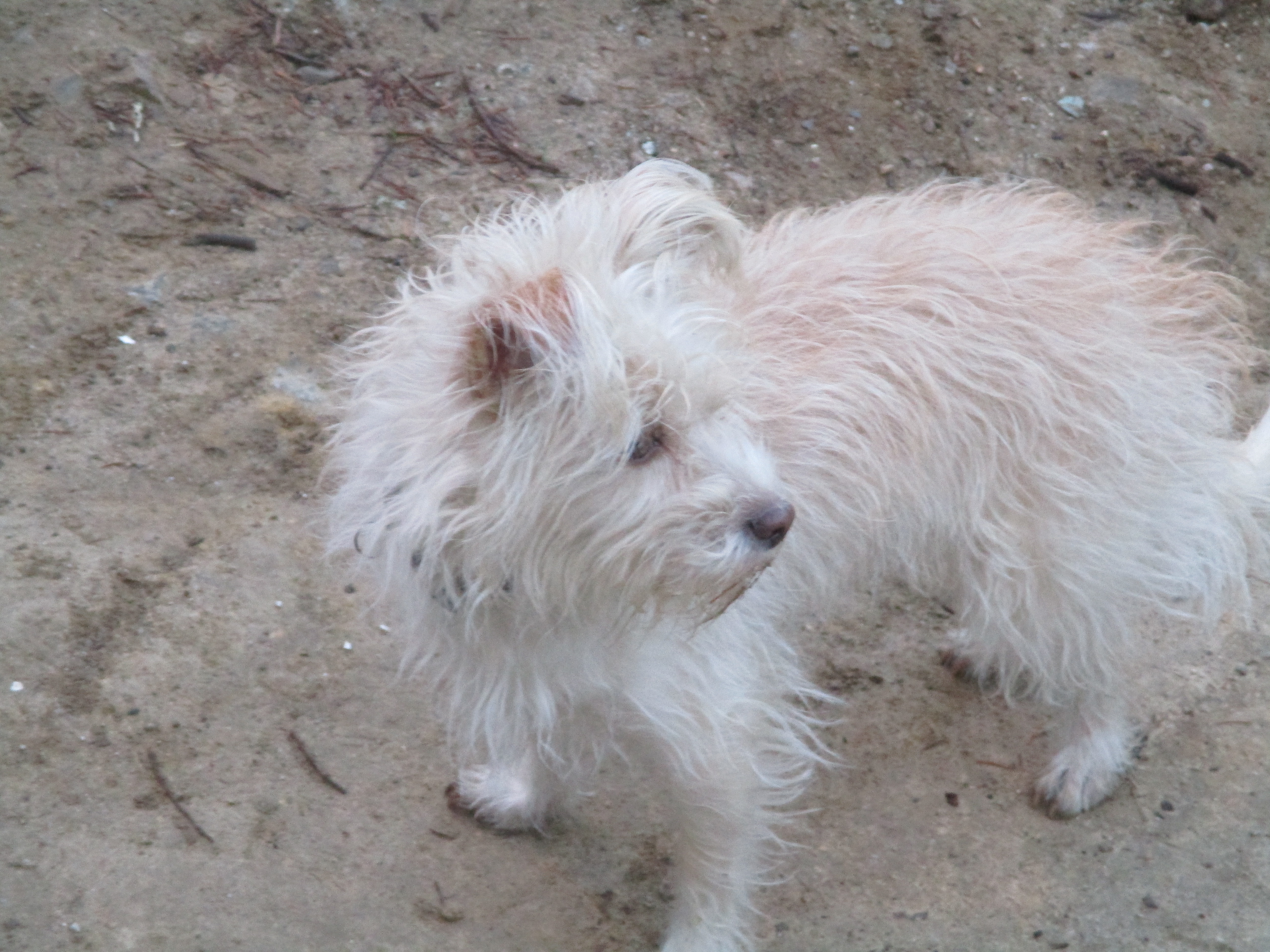
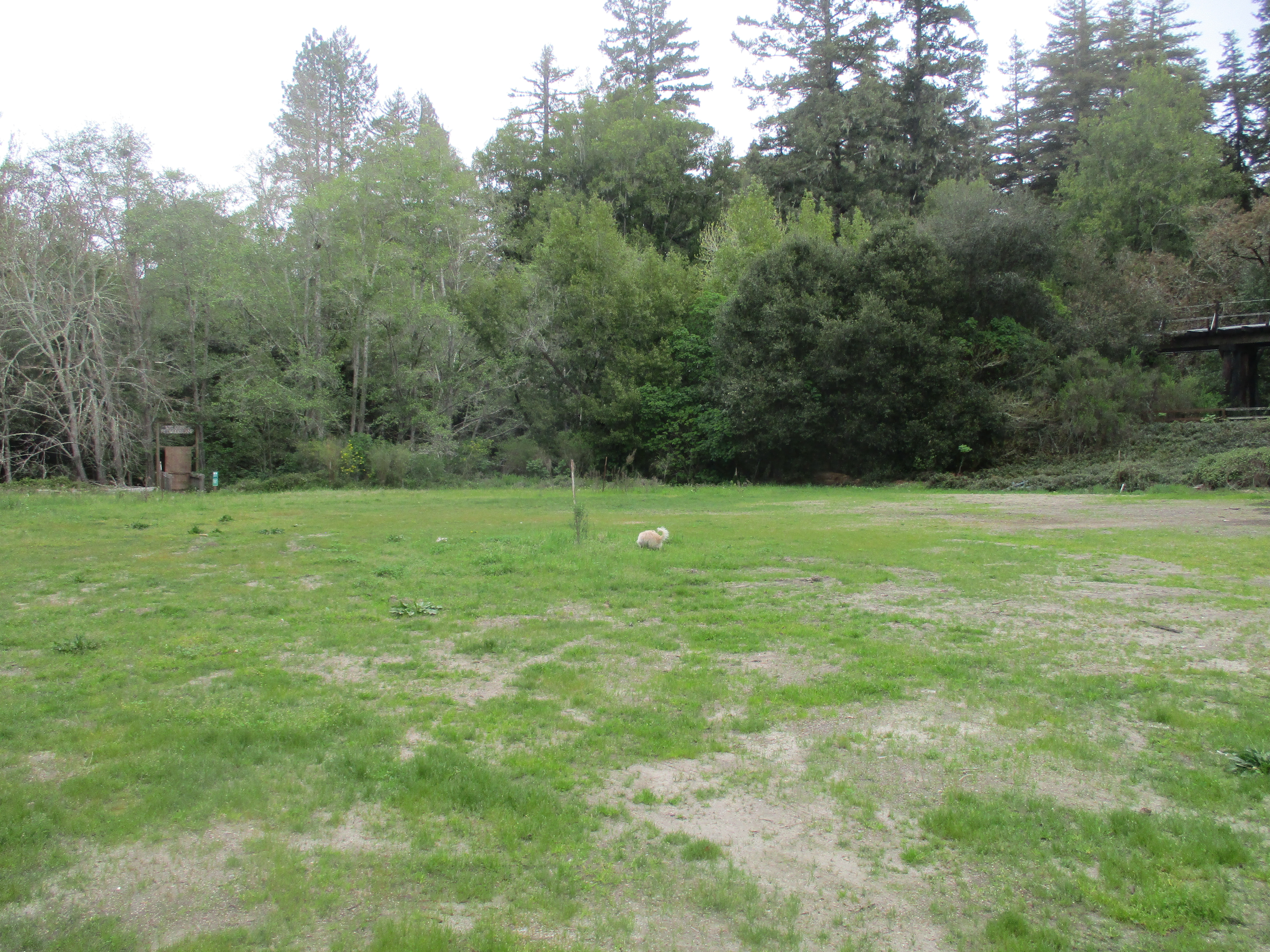
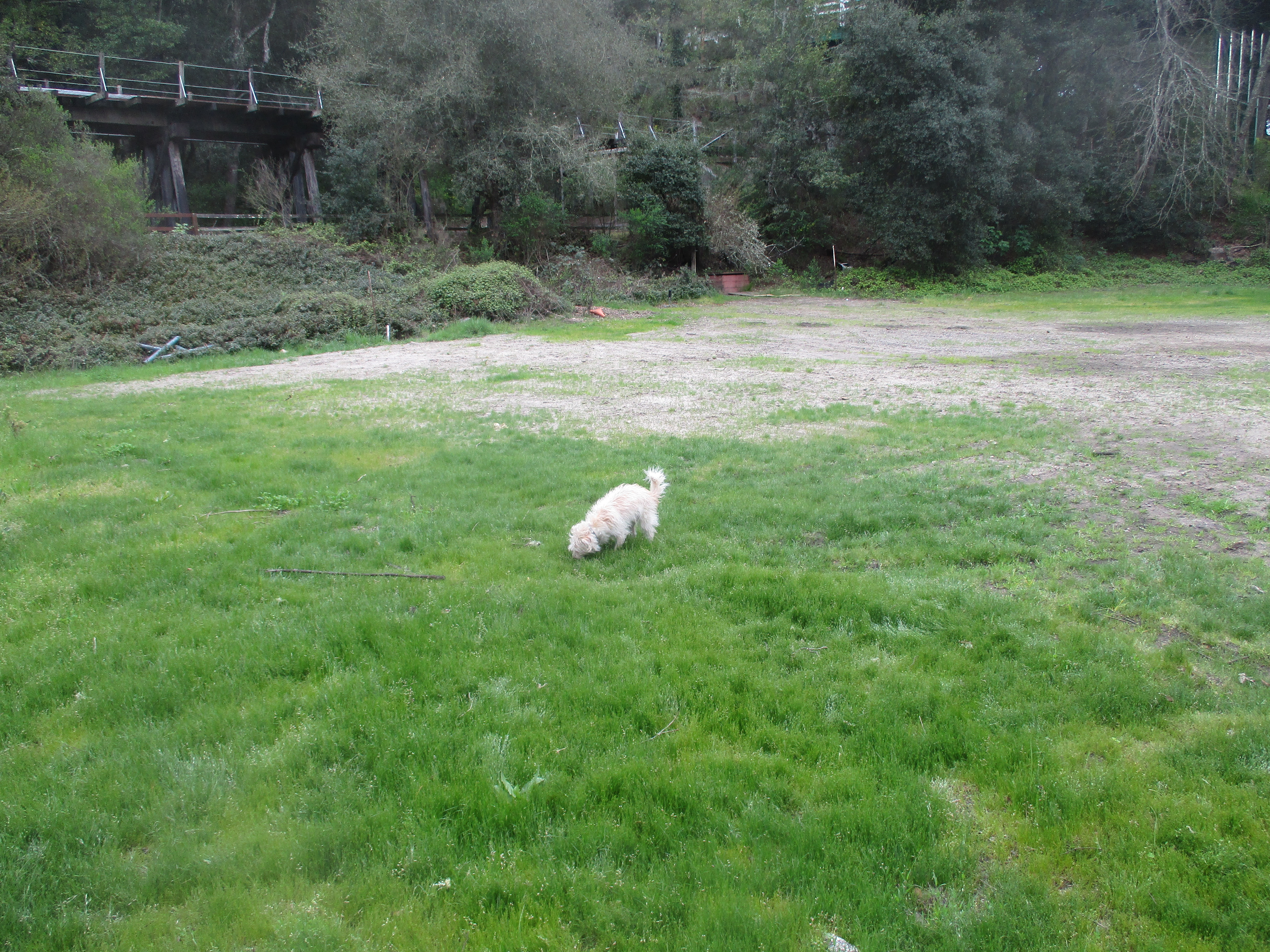
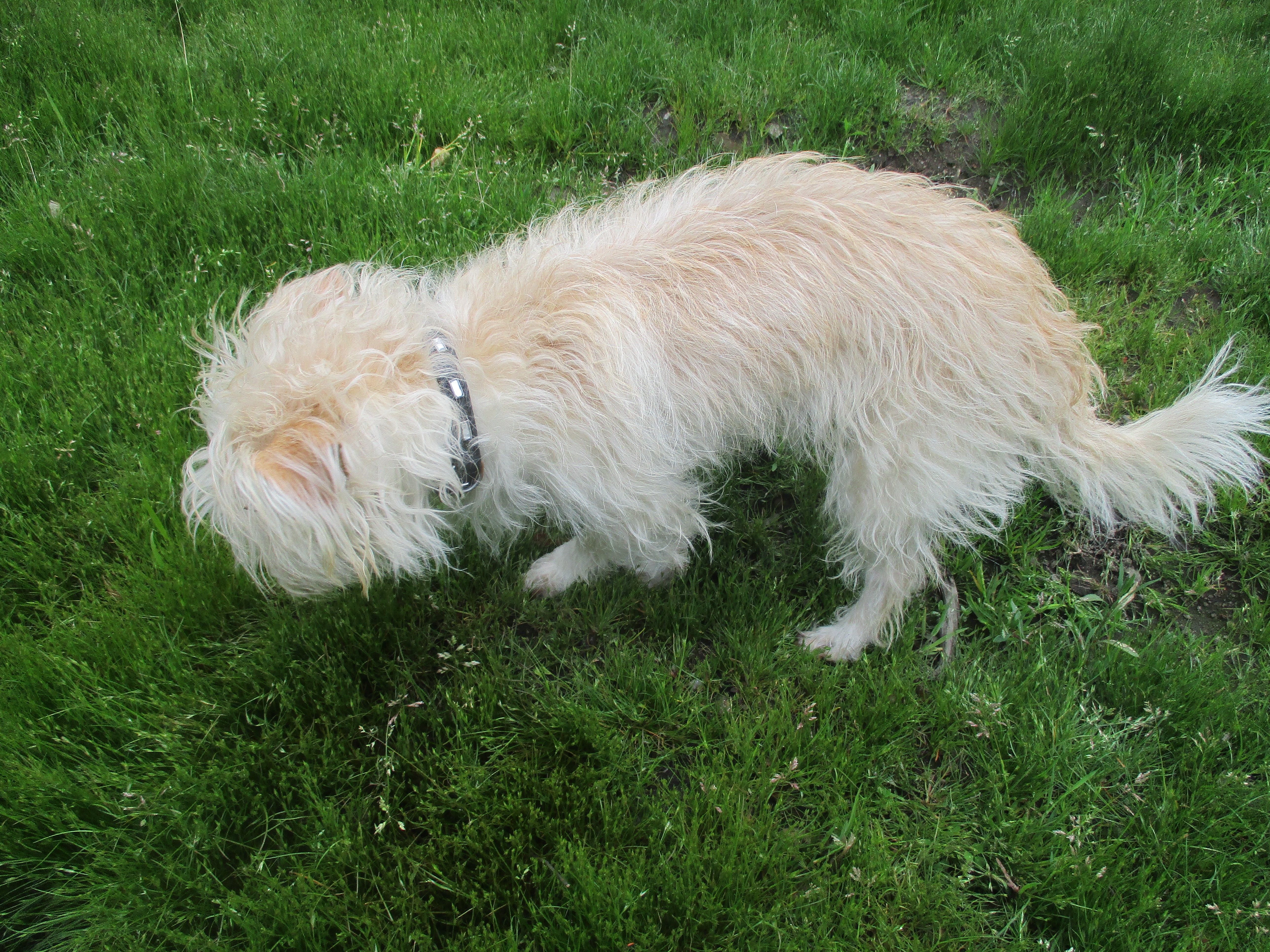
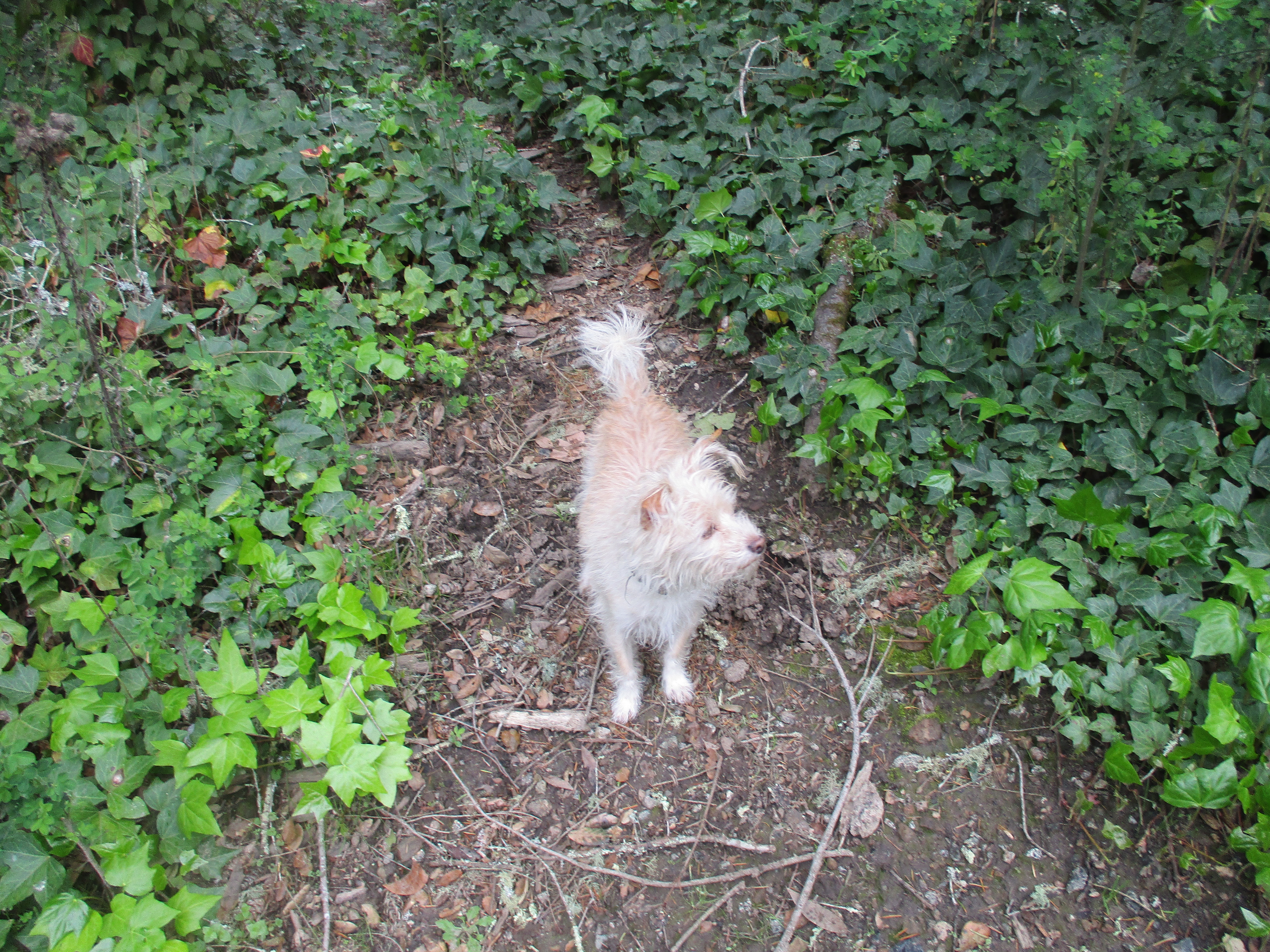
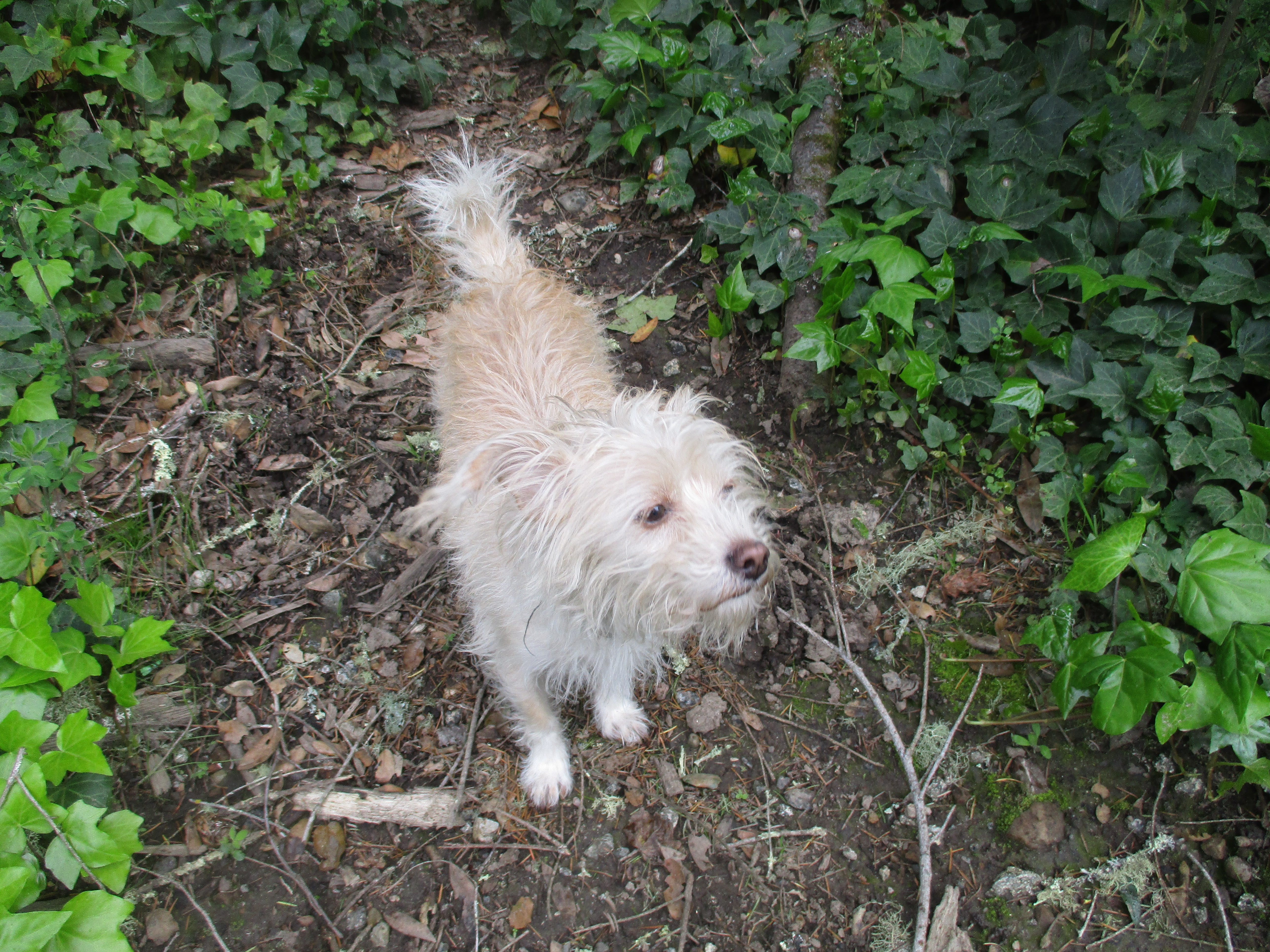


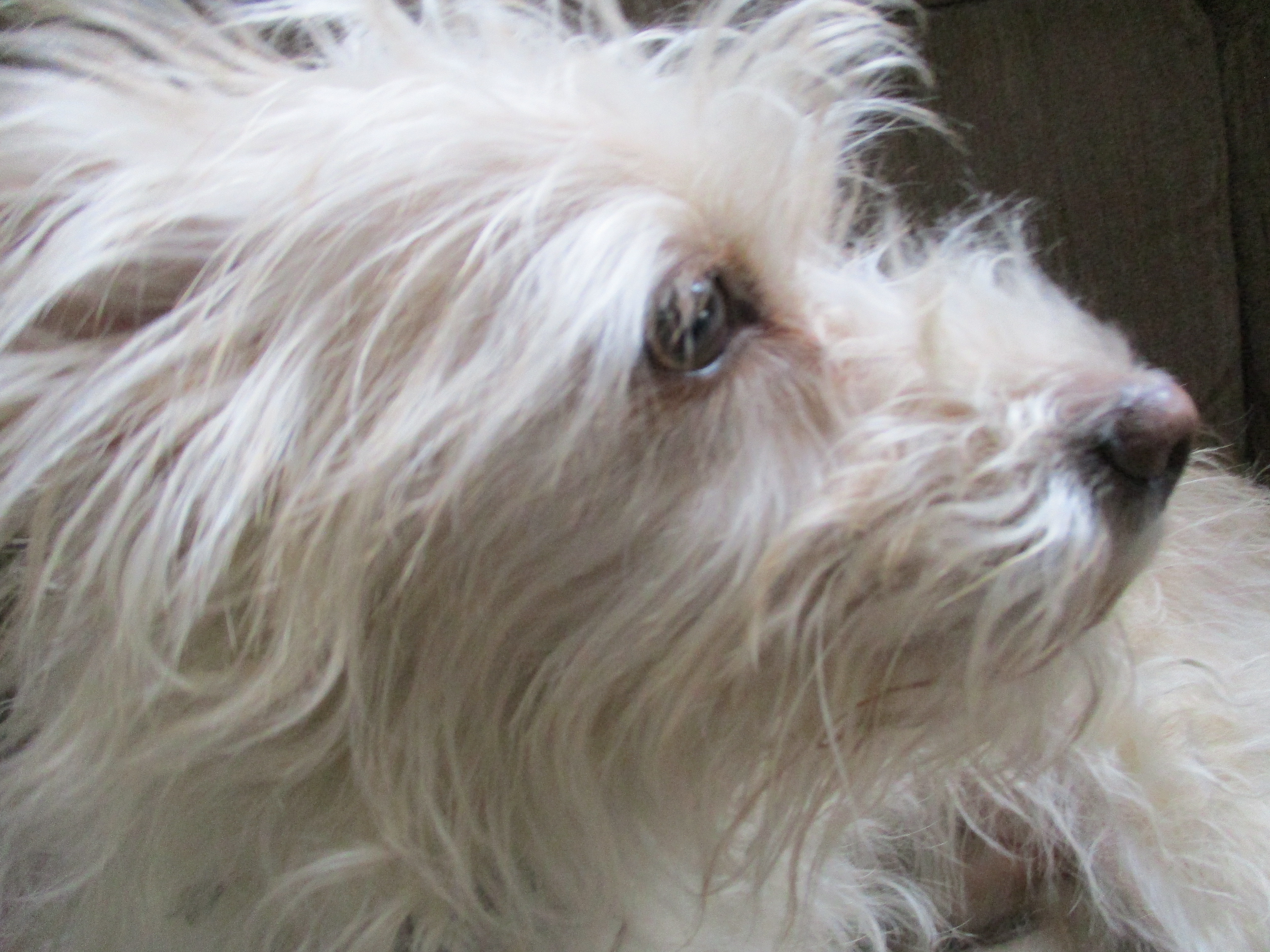
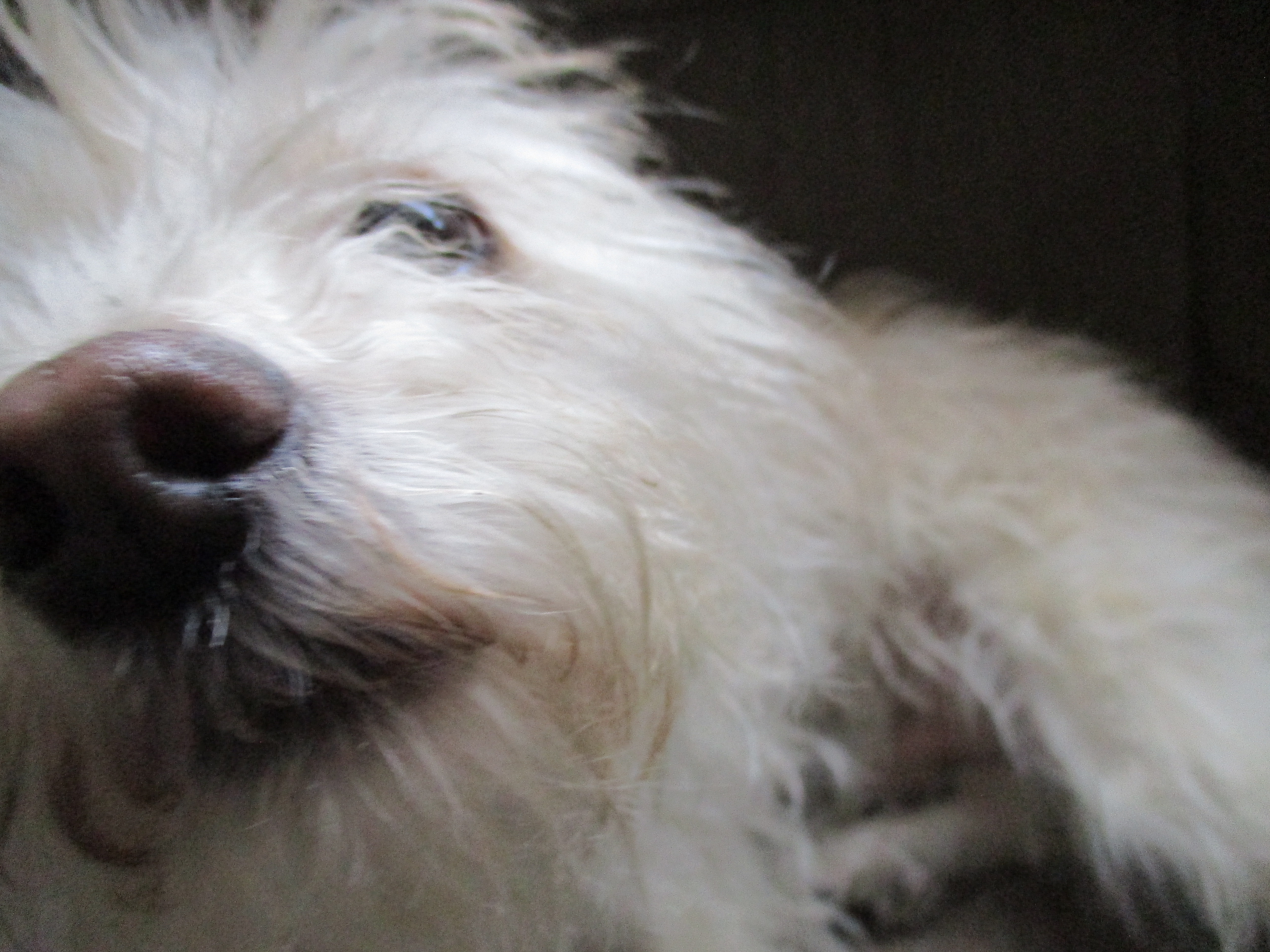
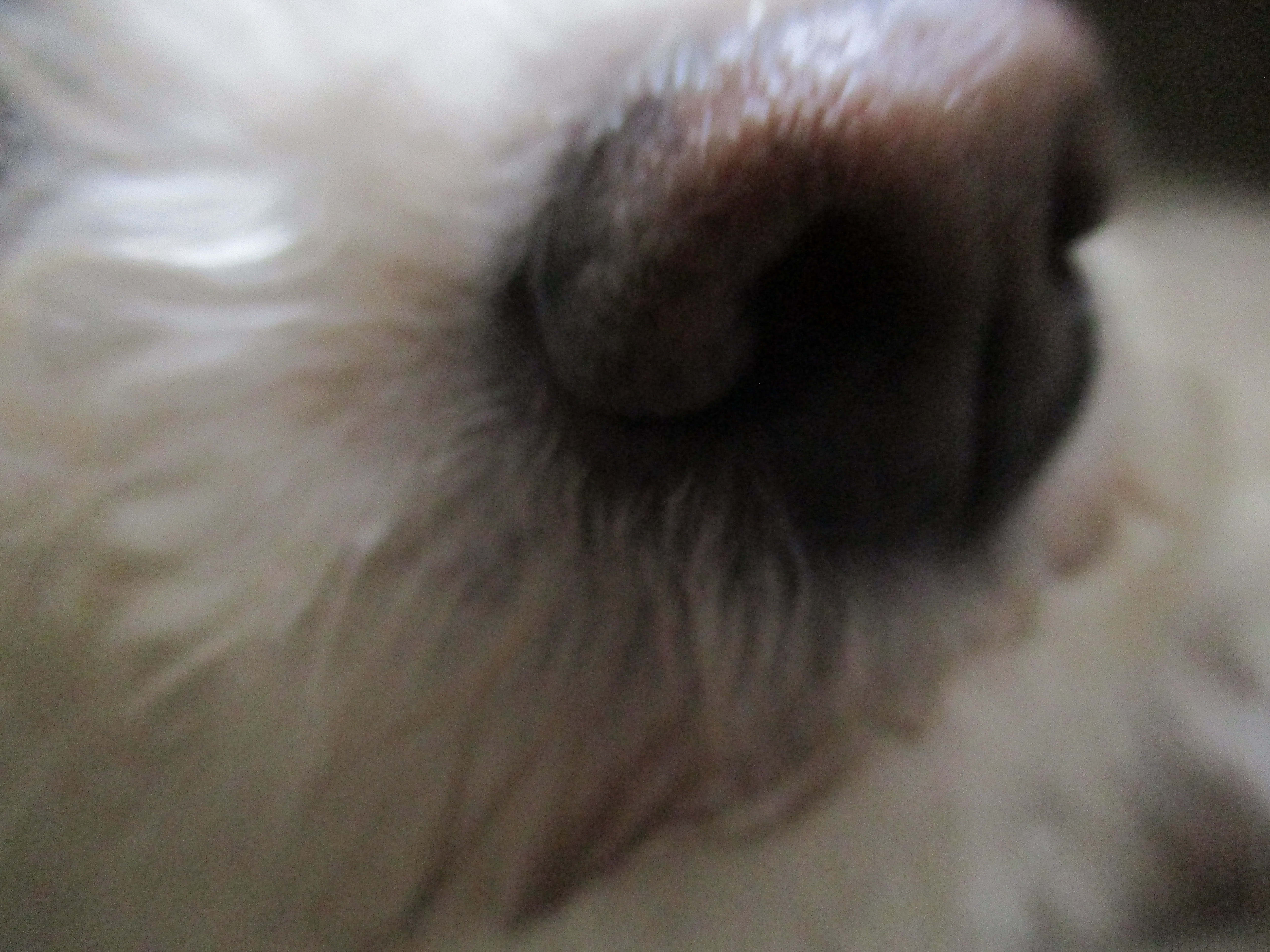
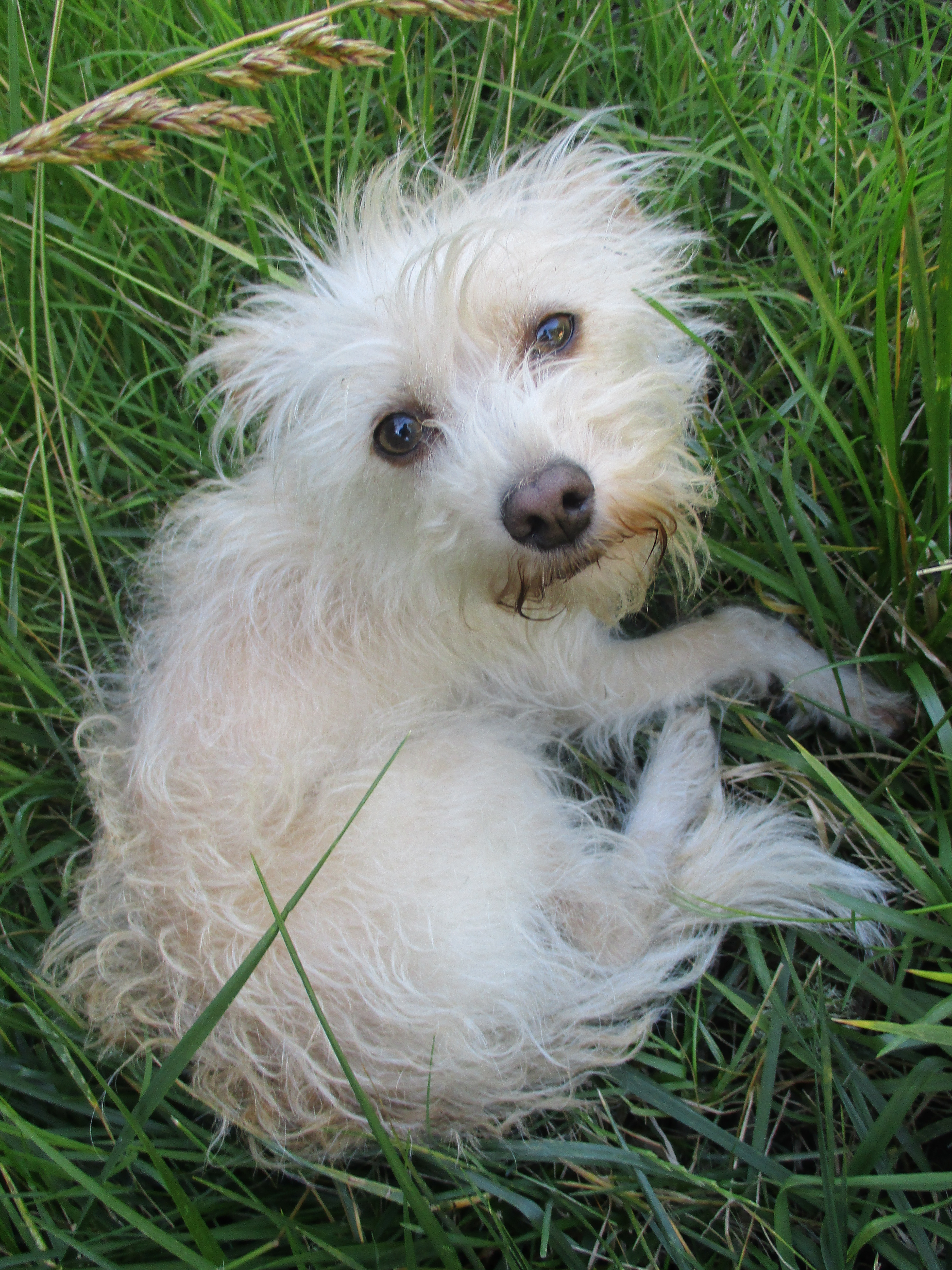
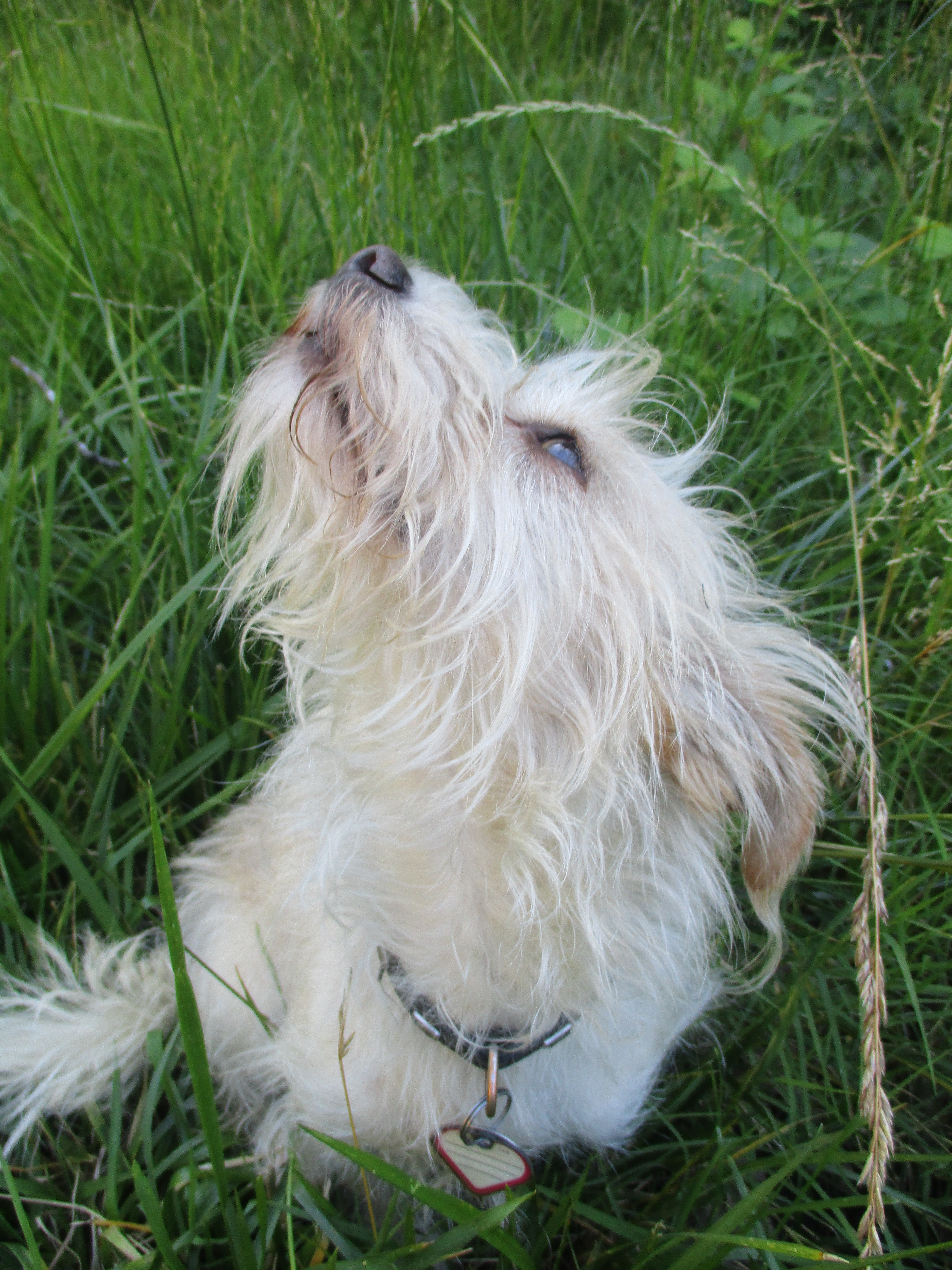
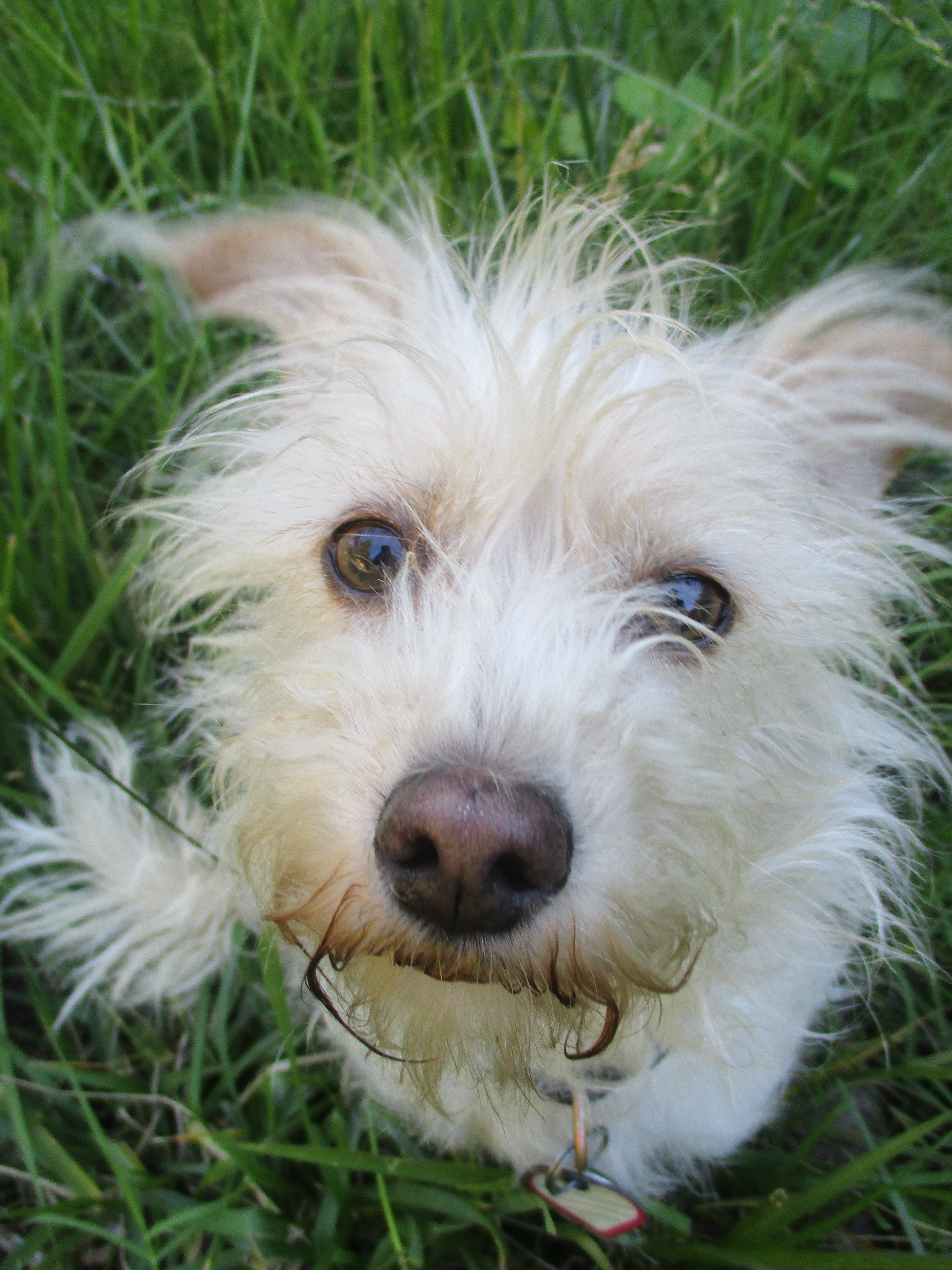
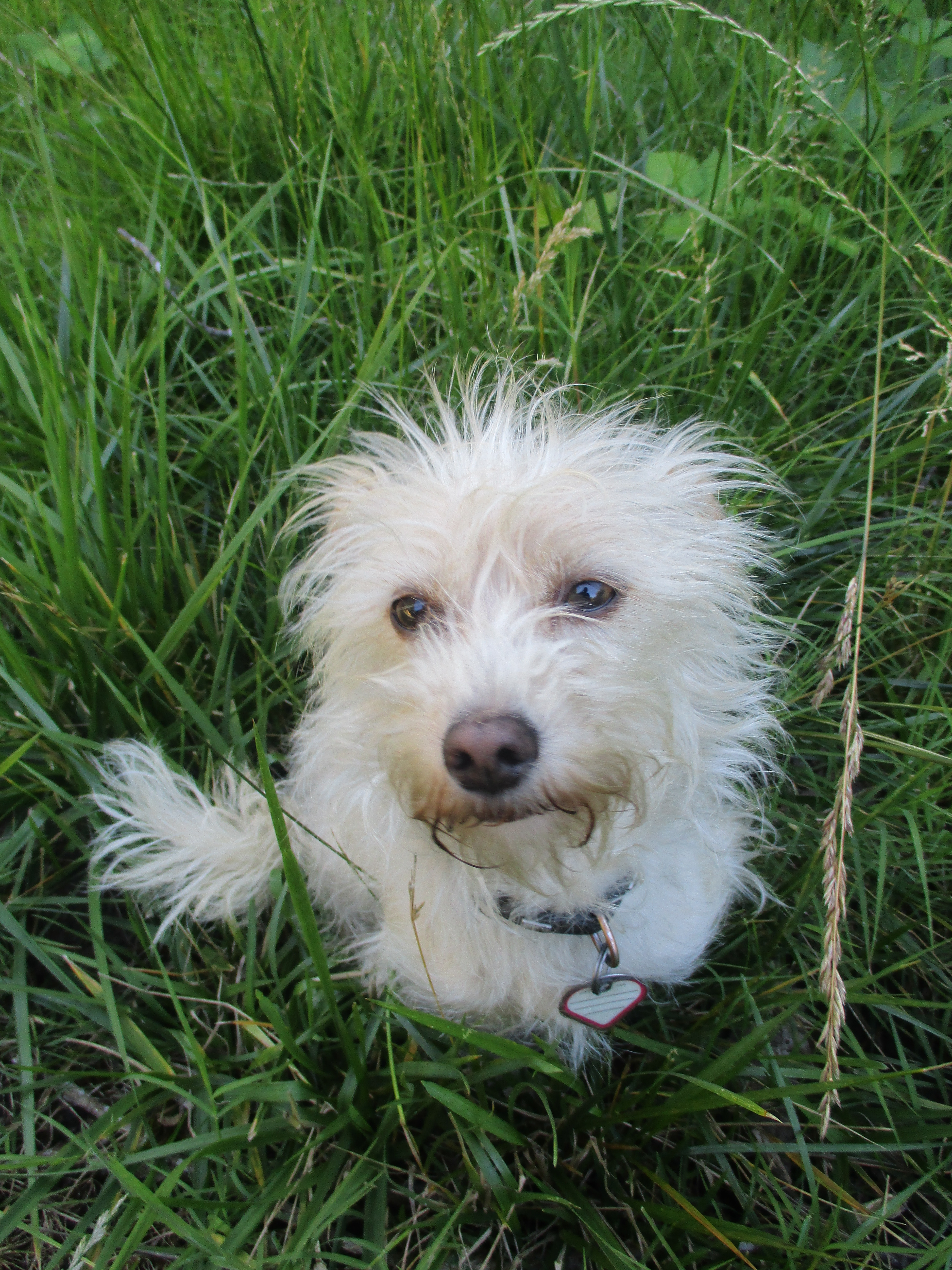
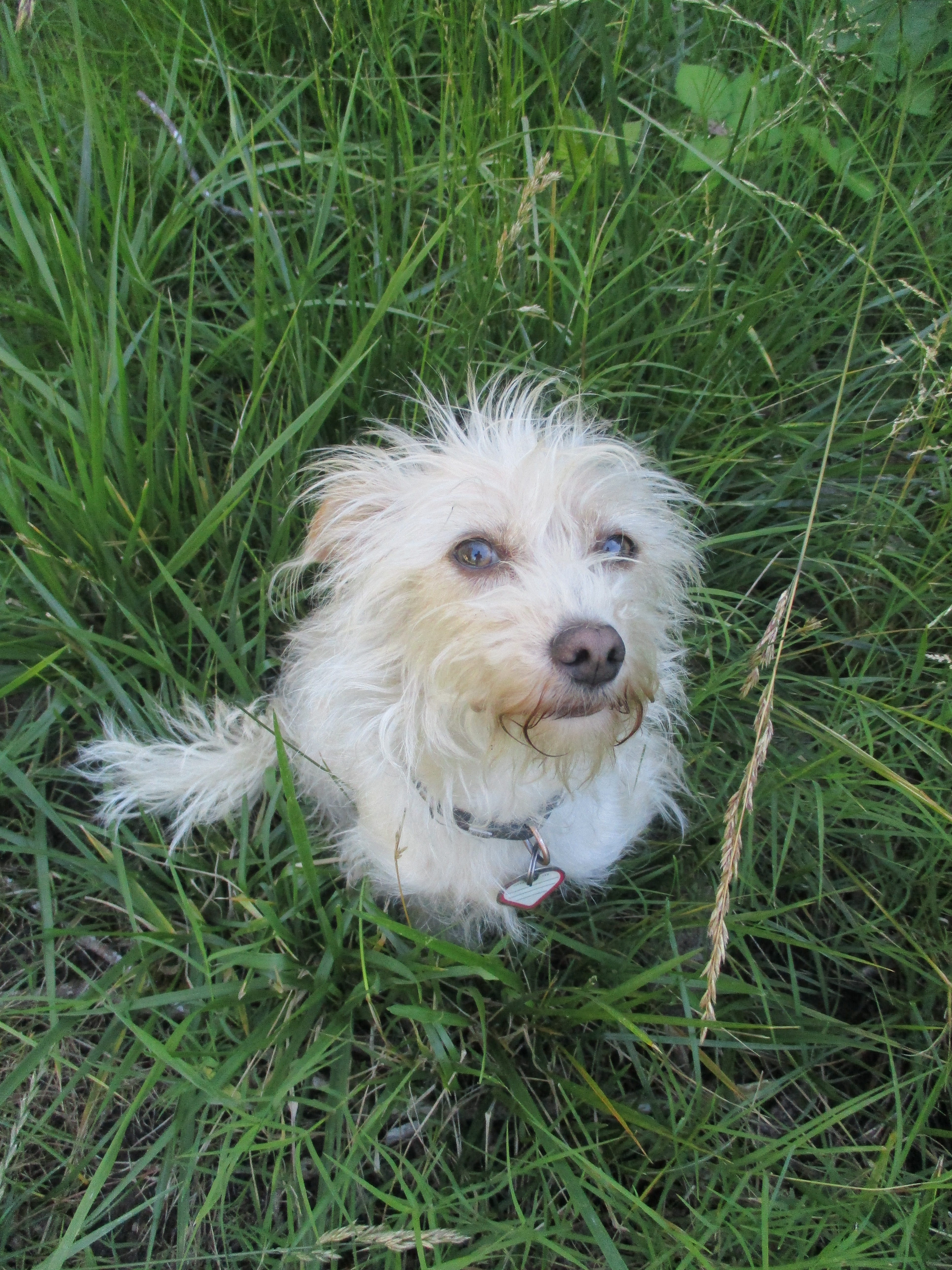
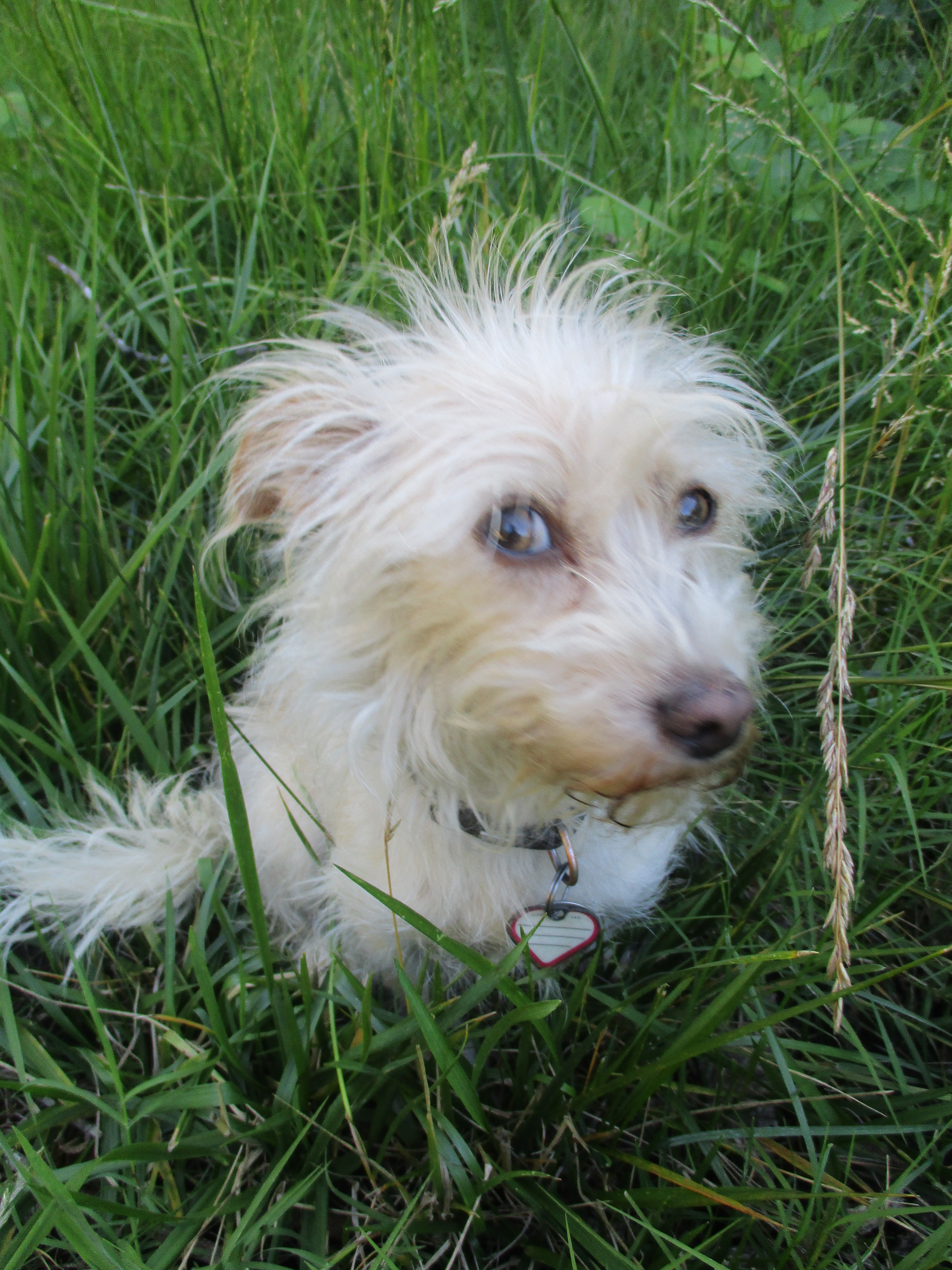
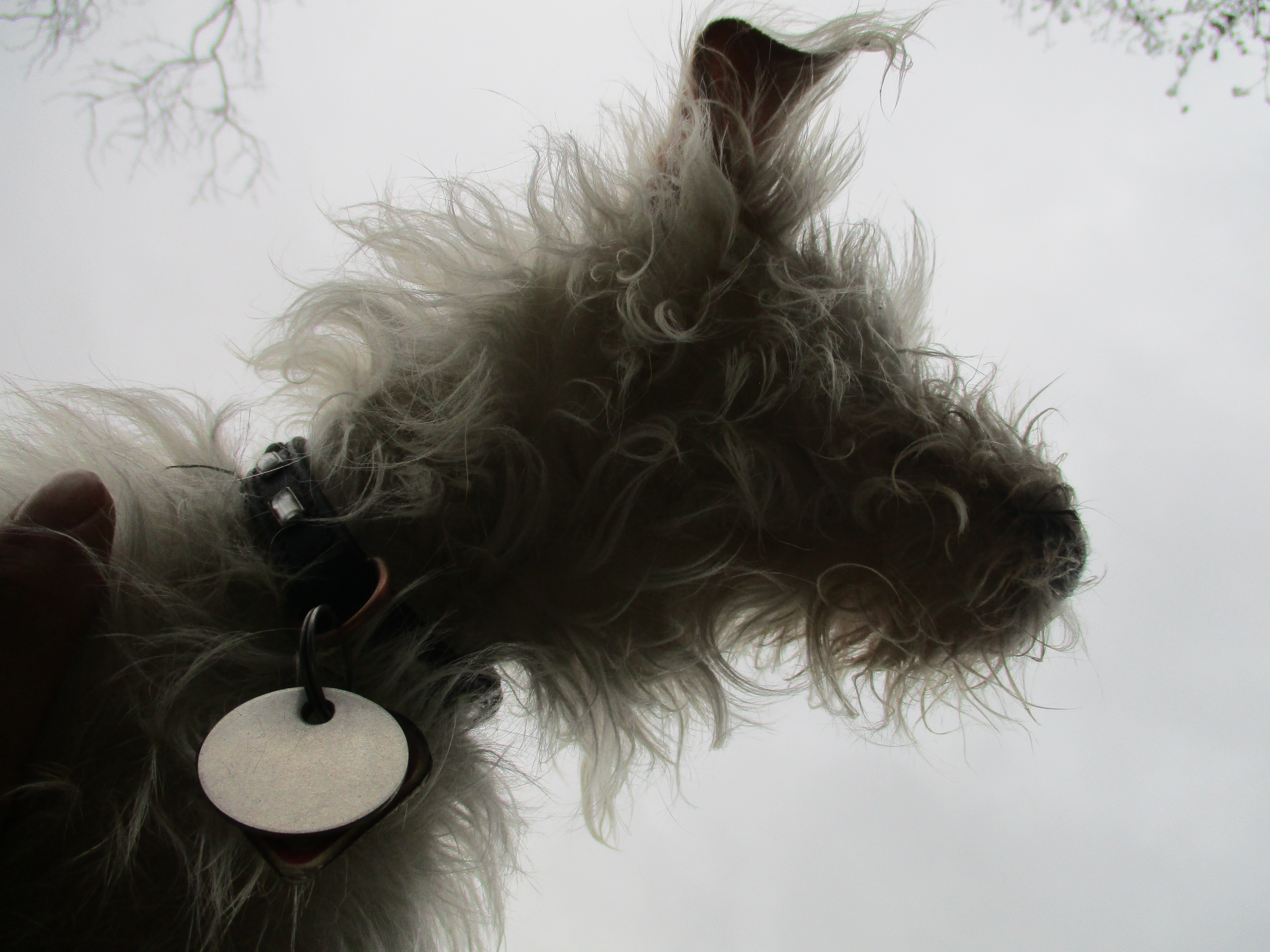
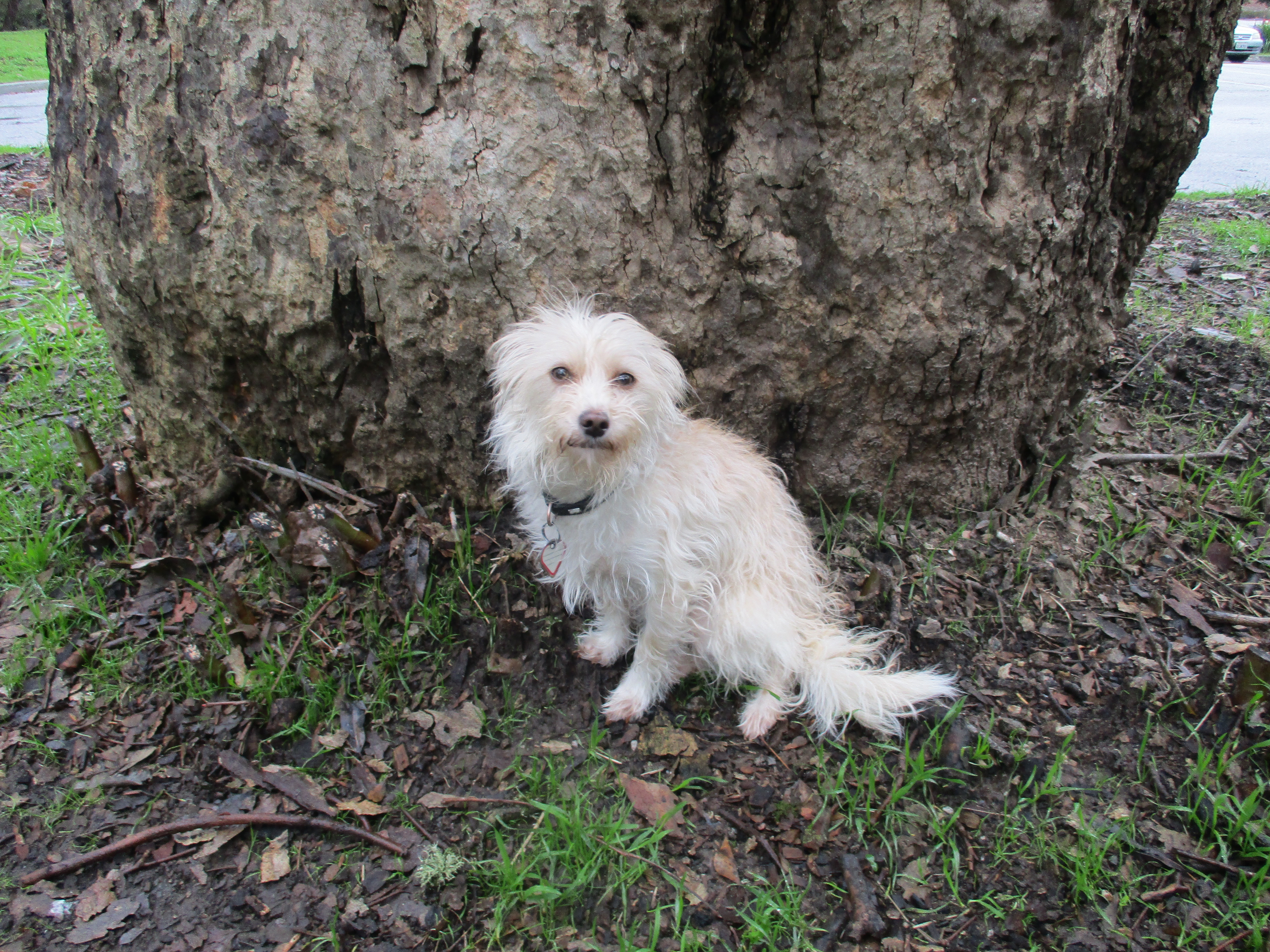
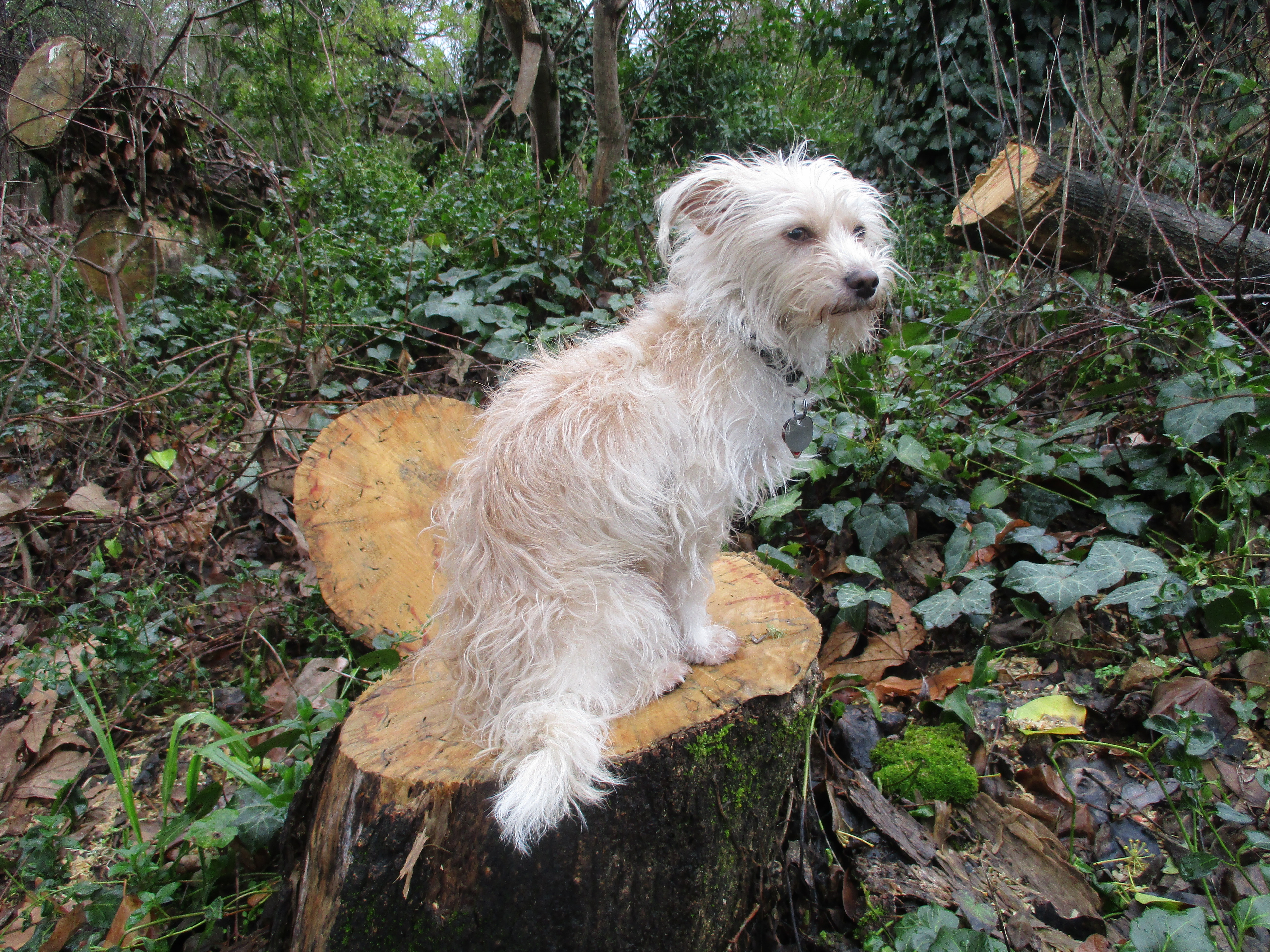
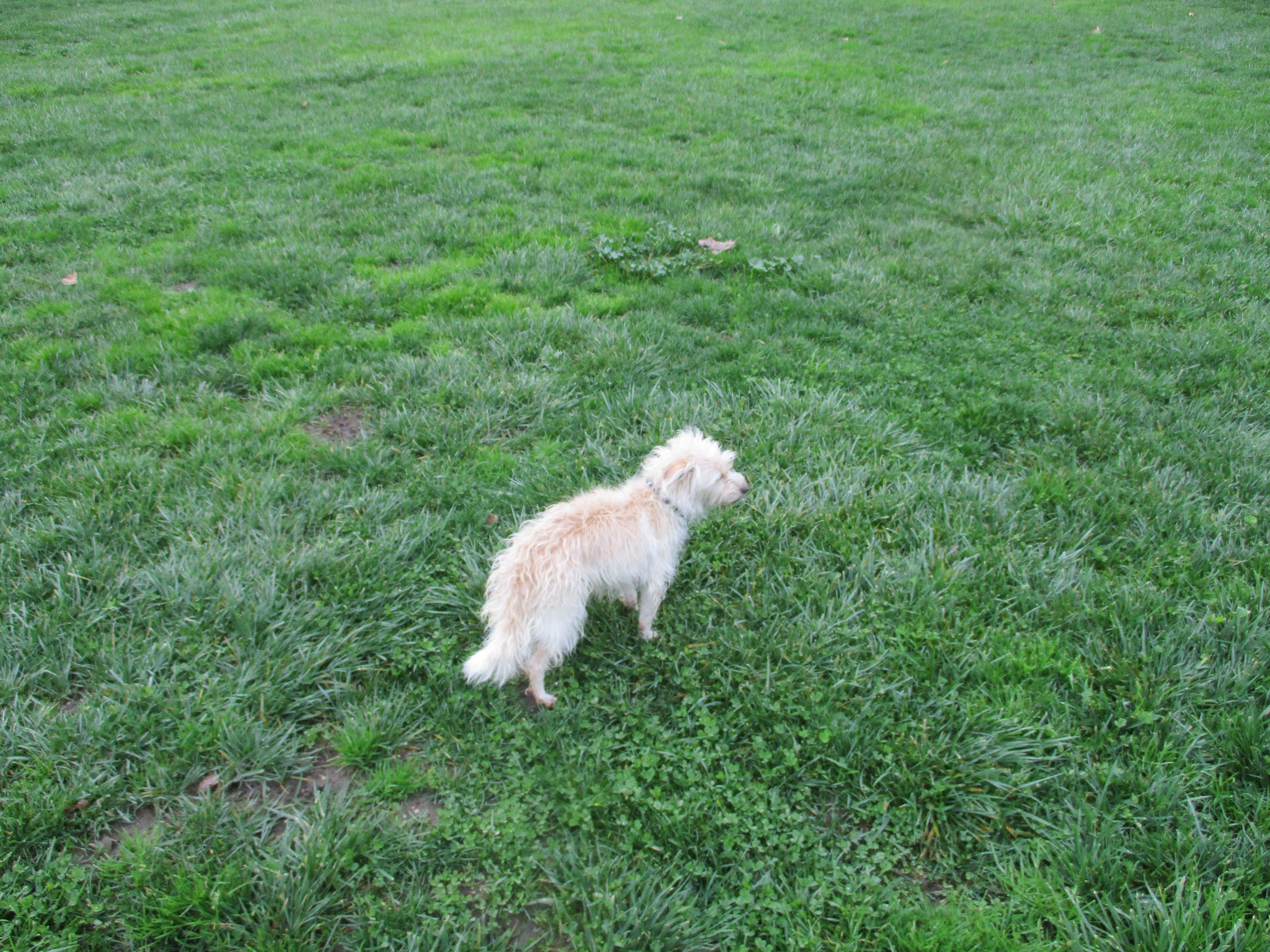
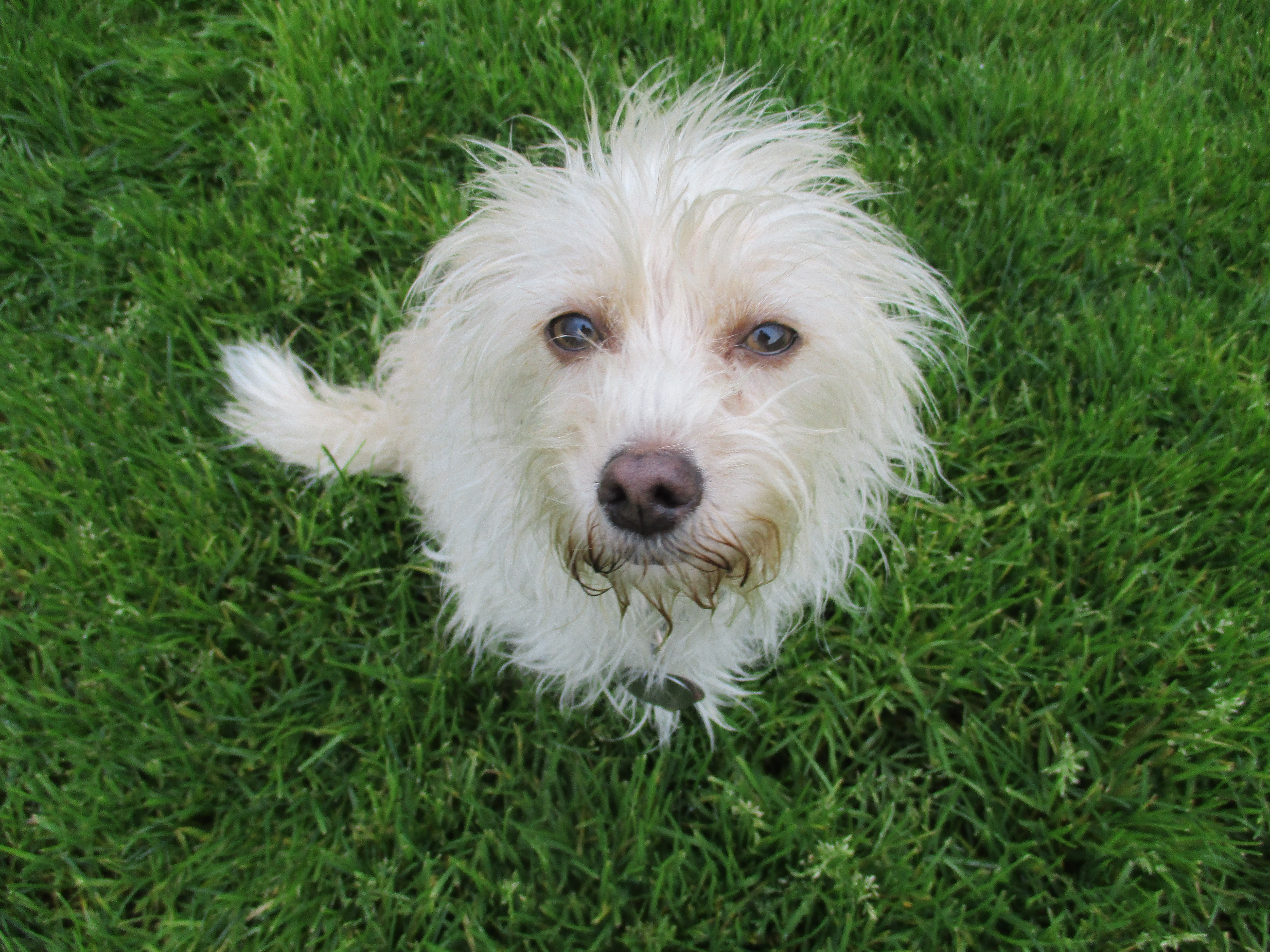
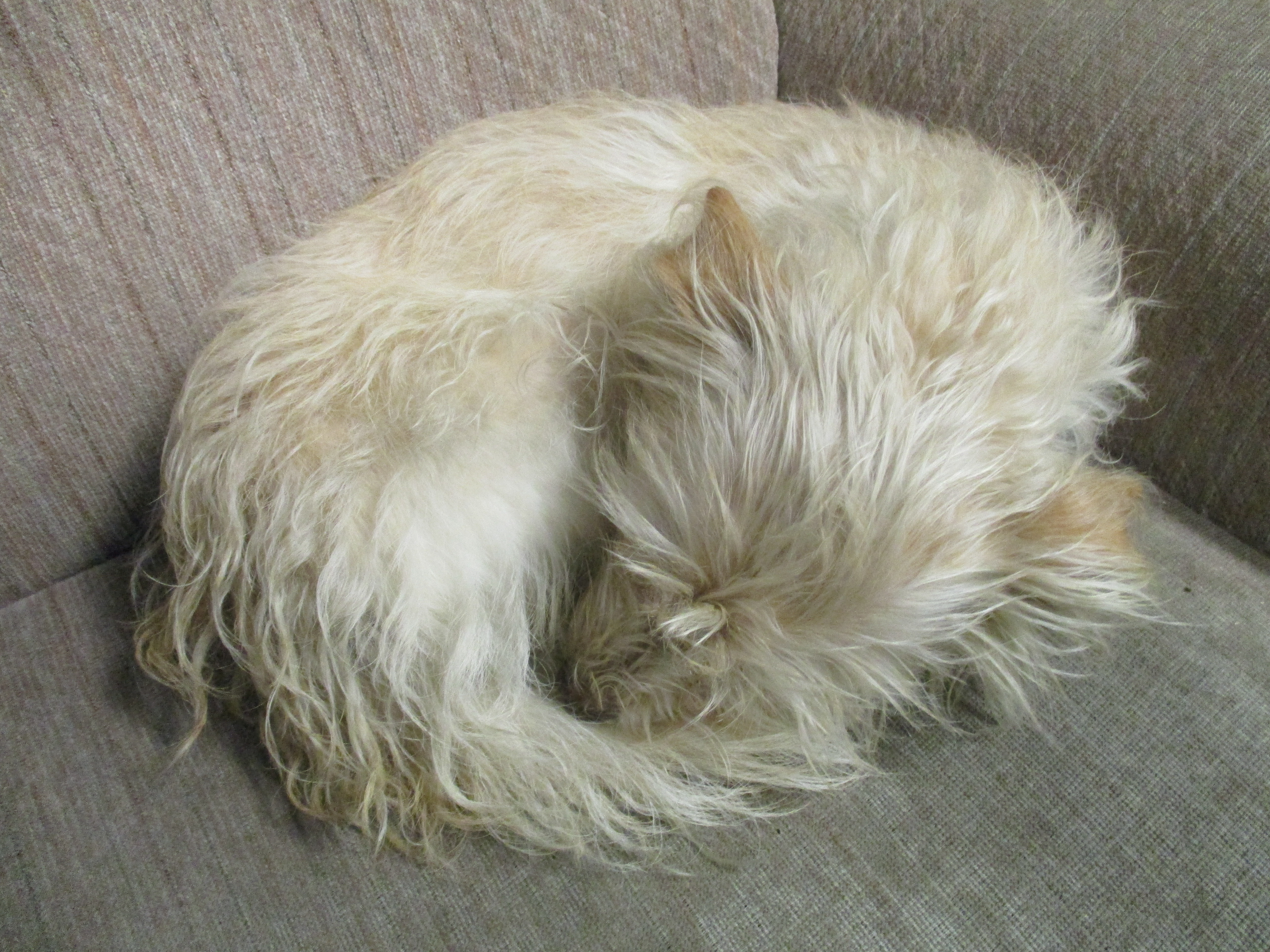
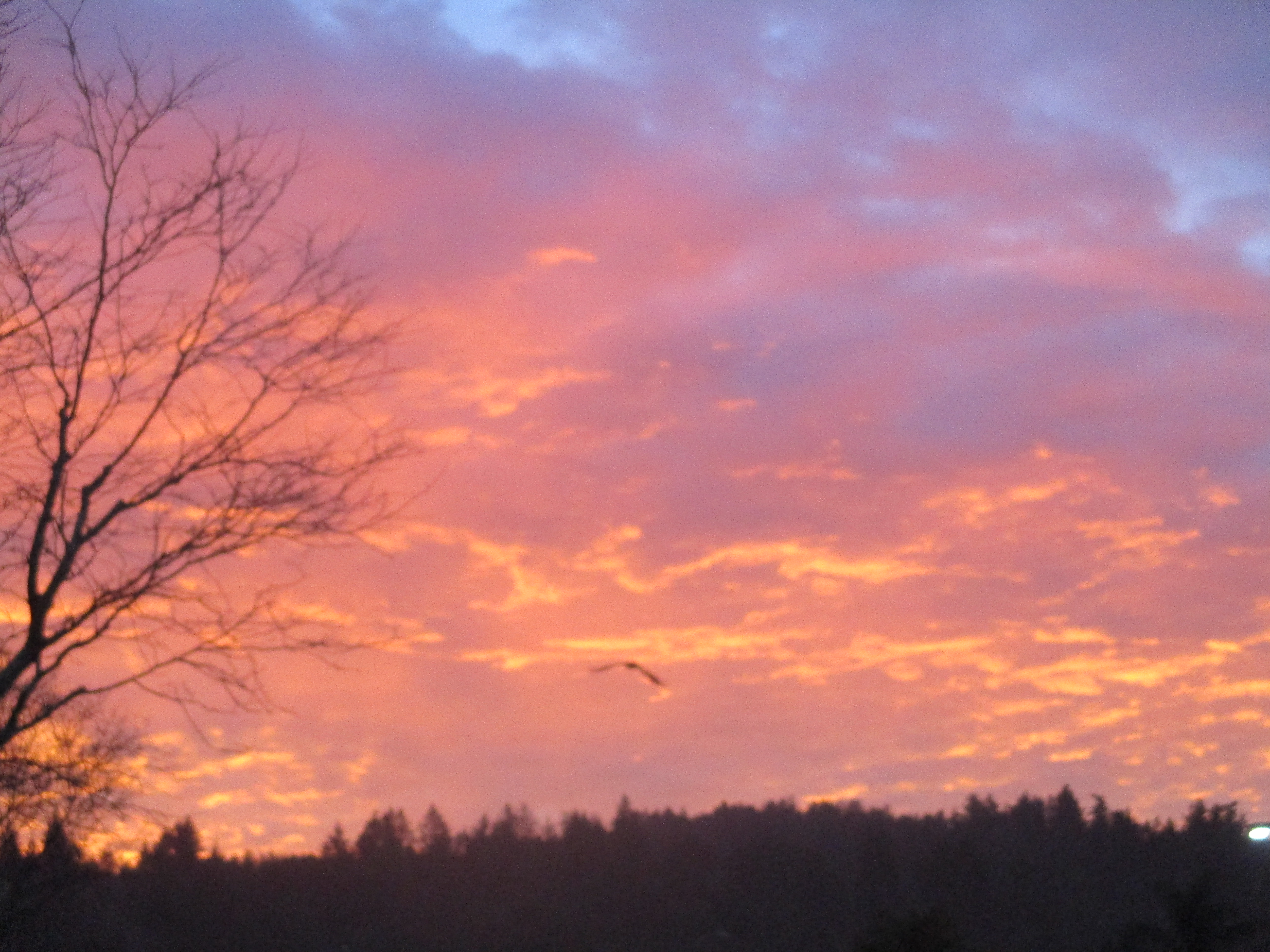 Red sky at morning; sailor take warning. Stormy weather is to be expected.
Red sky at morning; sailor take warning. Stormy weather is to be expected. The little Memorial Tree in Felton Covered Bridge park that I so frequently write about is not the first to be planted there in its parking lot island. It is actually the fourth! The first was a California black oak like the other four in the other islands. They were all planted with the original landscape. It did not live there long before getting run over by a car. The island was empty for many years.
The little Memorial Tree in Felton Covered Bridge park that I so frequently write about is not the first to be planted there in its parking lot island. It is actually the fourth! The first was a California black oak like the other four in the other islands. They were all planted with the original landscape. It did not live there long before getting run over by a car. The island was empty for many years.
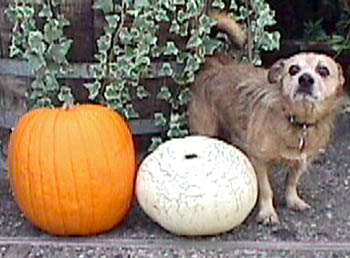



 That is a term that we do not hear much. There are not many plants that it applies to. Cyclamen is one of the more familiar plants that is summer deciduous. It is from a climate with reasonably mild winters and unpleasantly dry and warm summers. Just like most deciduous plants are dormant through winter to avoid the unpleasantries of the weather, cyclamen defoliates as the weather gets warm in early summer to avoid the expected heat and aridity. It somehow knows how to stay dormant until the weather starts to get cooler in autumn, and is ready to regenerate new foliage and bloom as the rain starts. The active growing season is through autumn, winter and into spring. It is all a matter of taking advantage of the weather while it can, and avoiding the discomforts of severe weather when necessary.
That is a term that we do not hear much. There are not many plants that it applies to. Cyclamen is one of the more familiar plants that is summer deciduous. It is from a climate with reasonably mild winters and unpleasantly dry and warm summers. Just like most deciduous plants are dormant through winter to avoid the unpleasantries of the weather, cyclamen defoliates as the weather gets warm in early summer to avoid the expected heat and aridity. It somehow knows how to stay dormant until the weather starts to get cooler in autumn, and is ready to regenerate new foliage and bloom as the rain starts. The active growing season is through autumn, winter and into spring. It is all a matter of taking advantage of the weather while it can, and avoiding the discomforts of severe weather when necessary.



